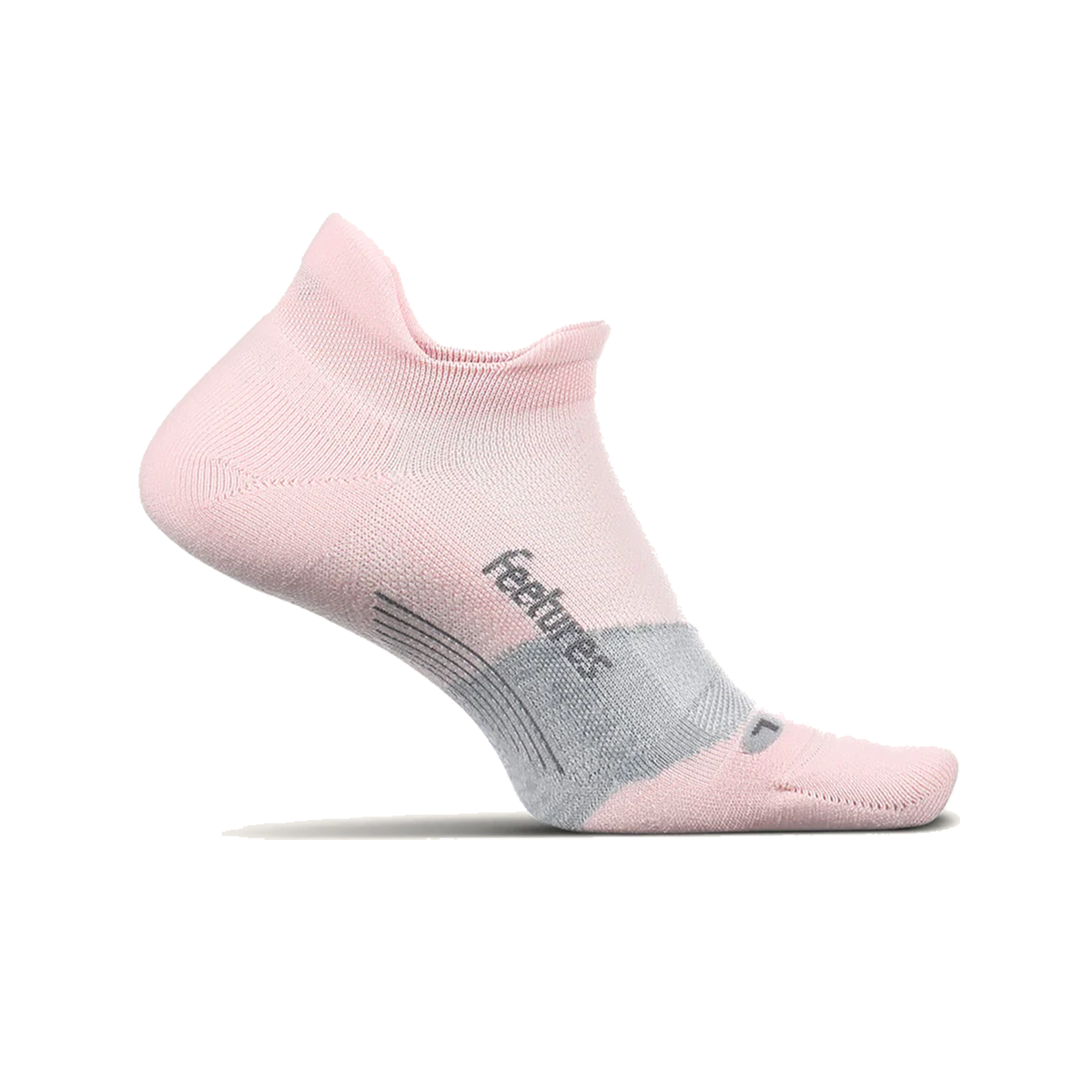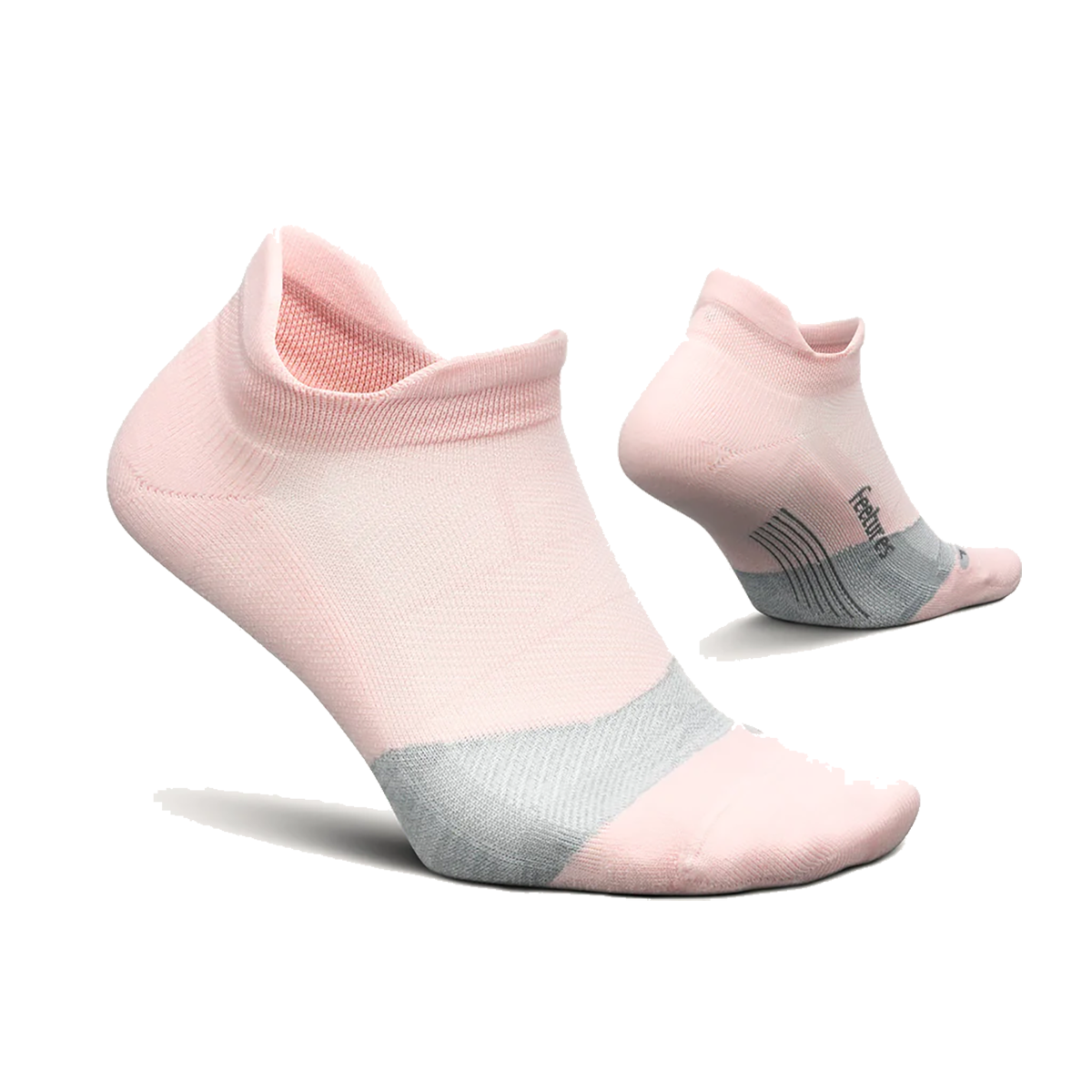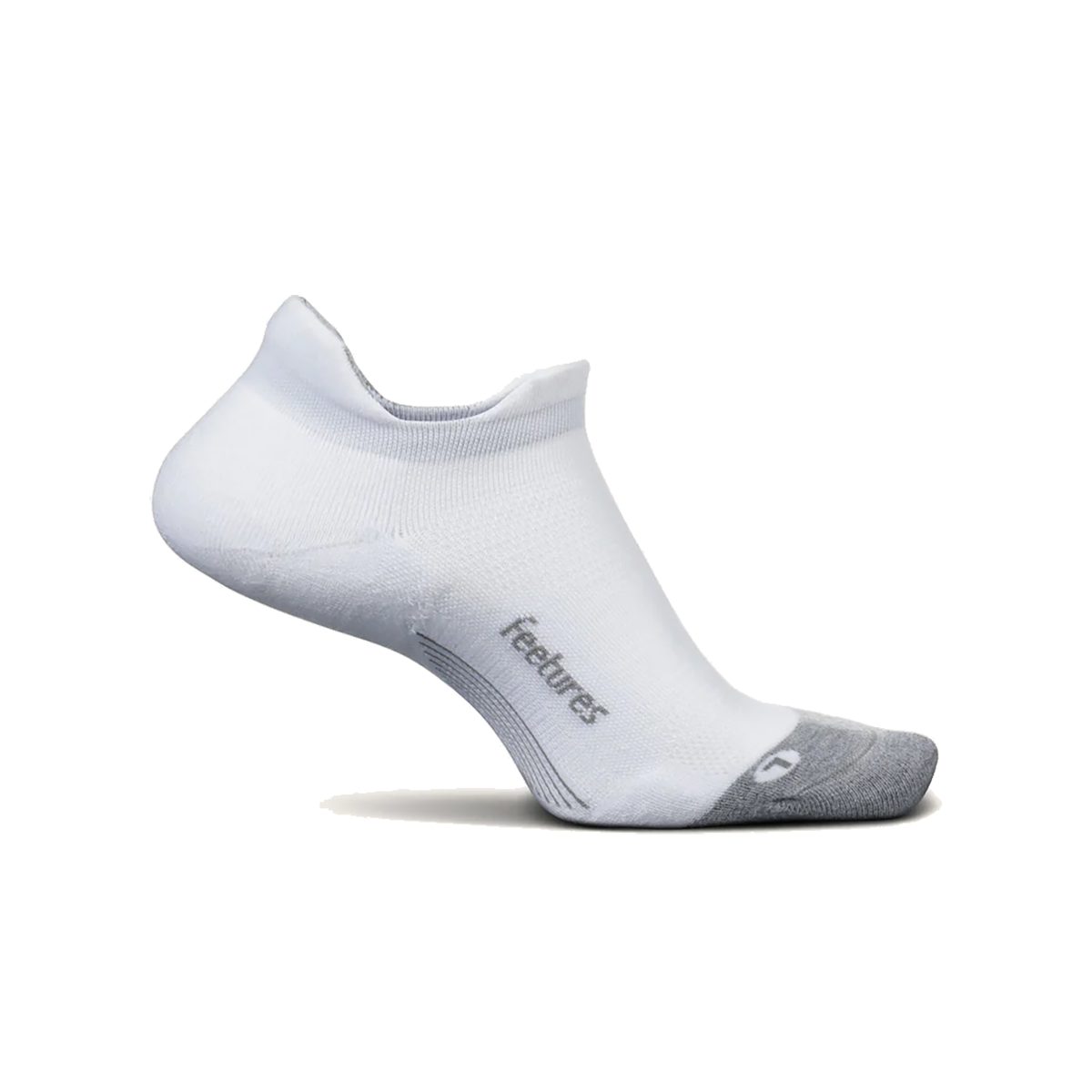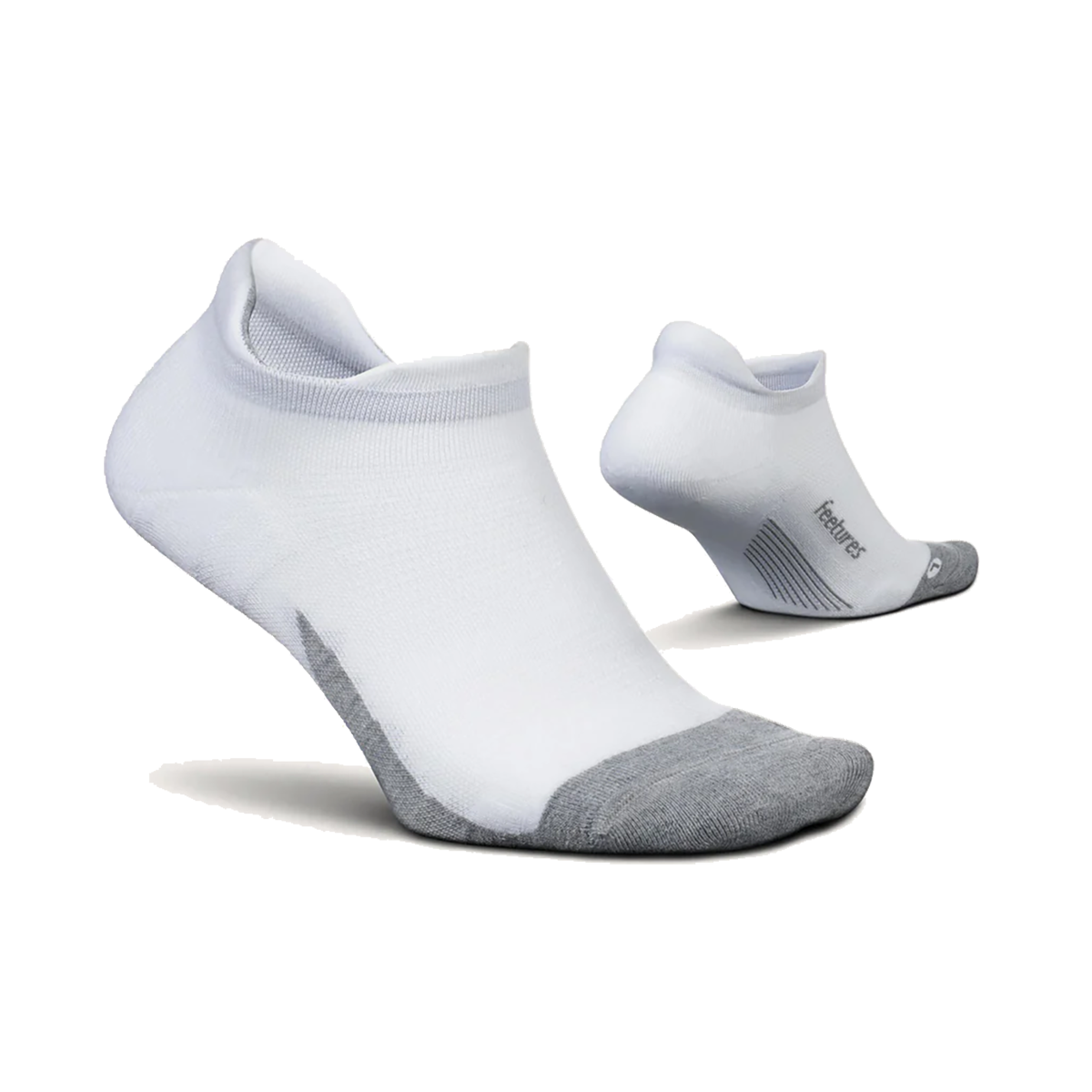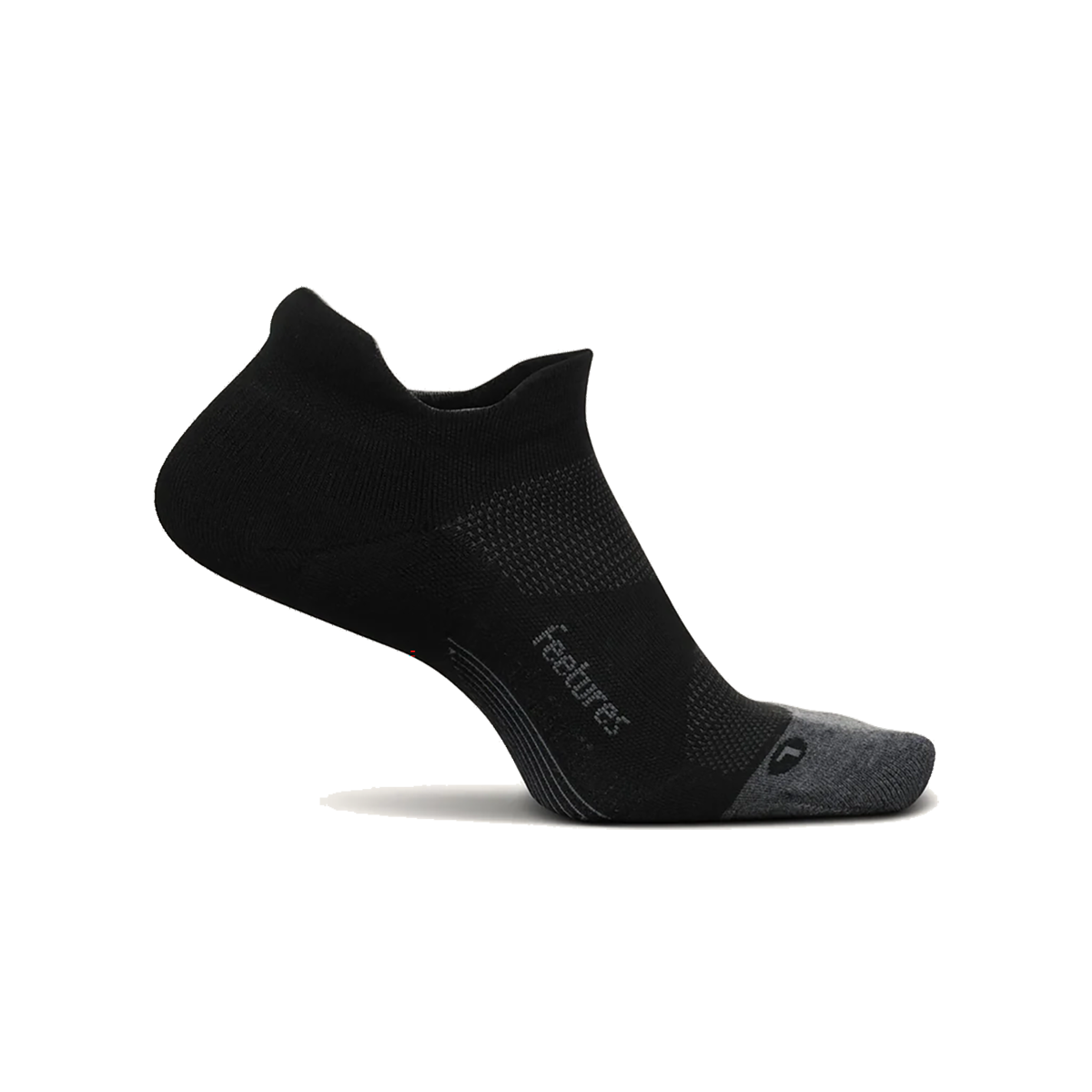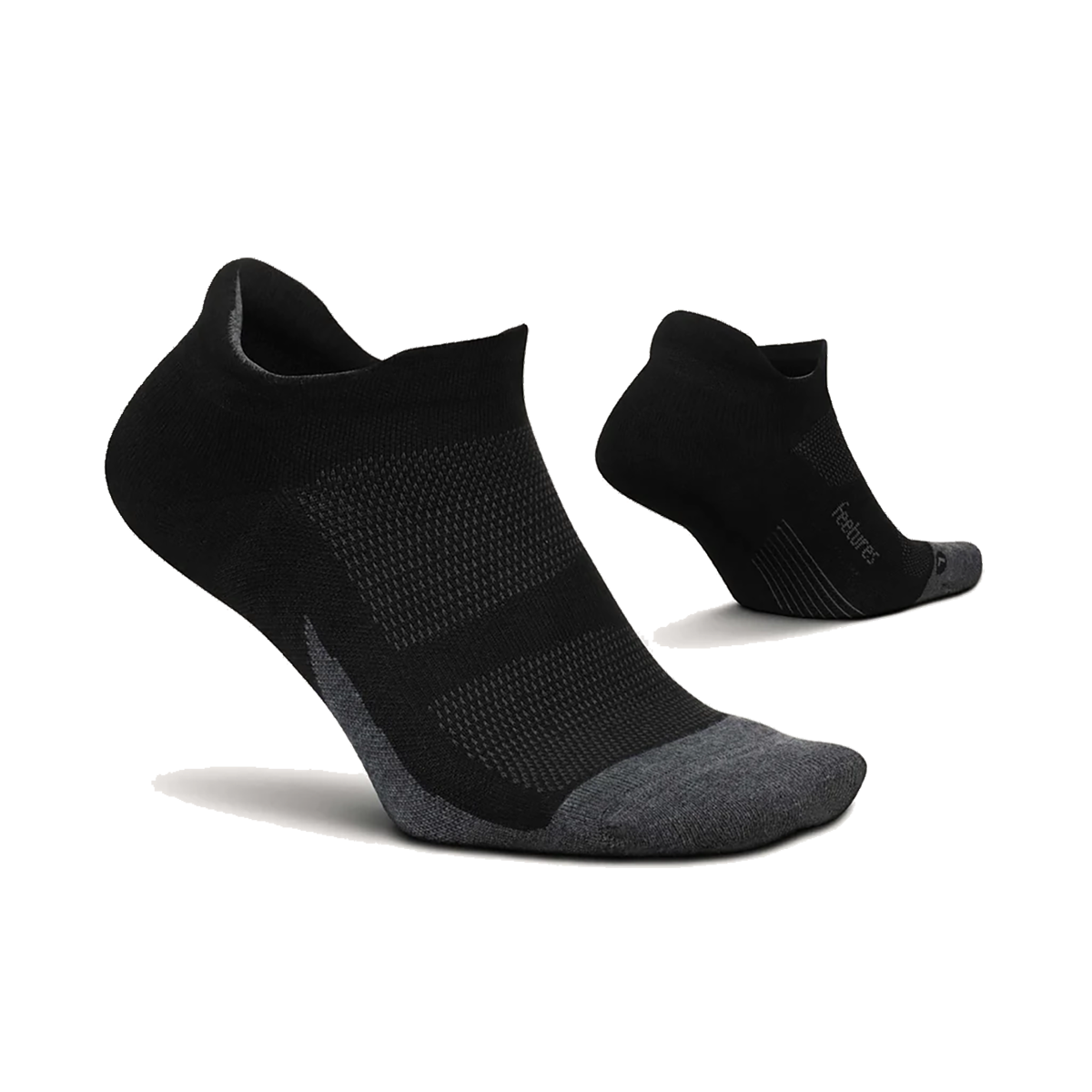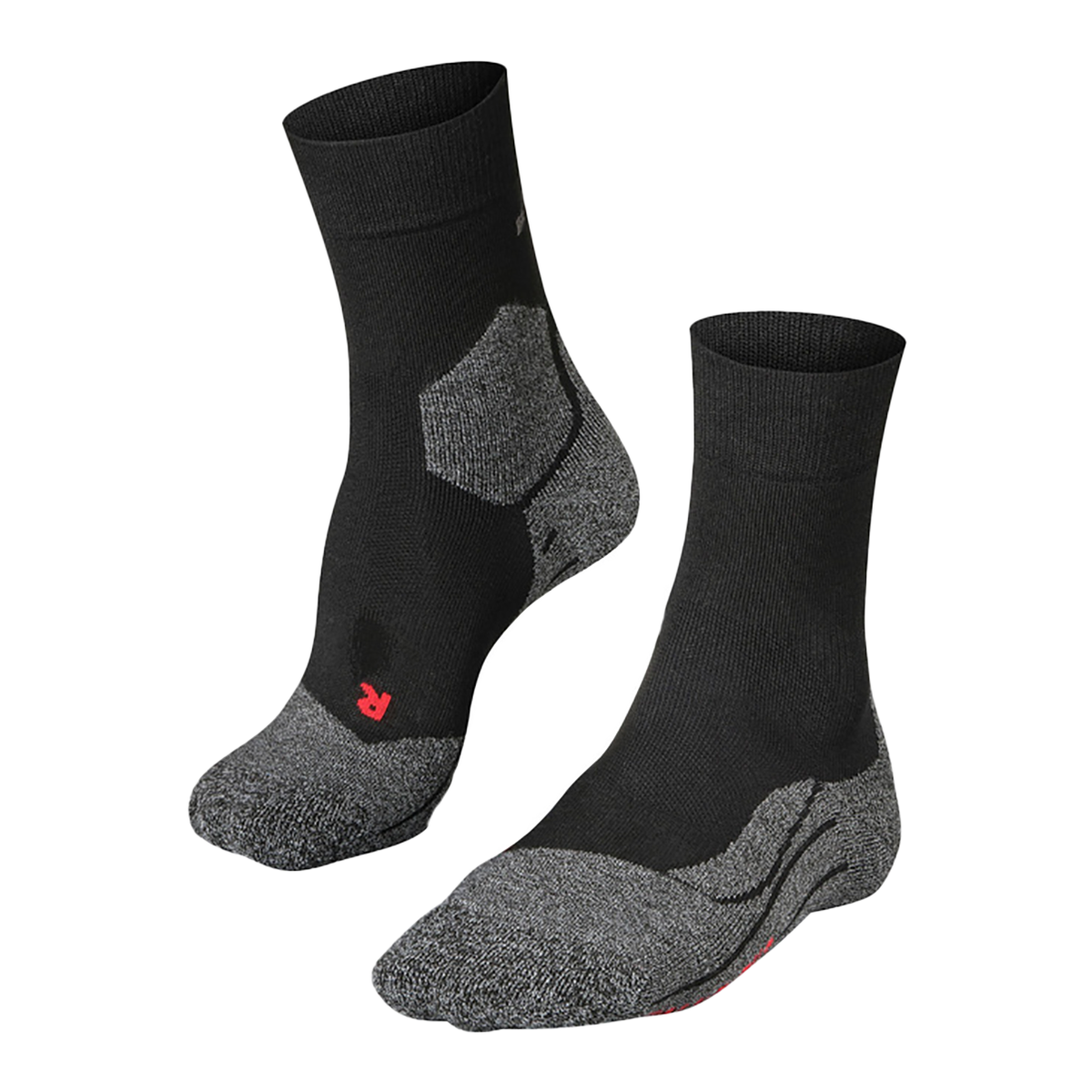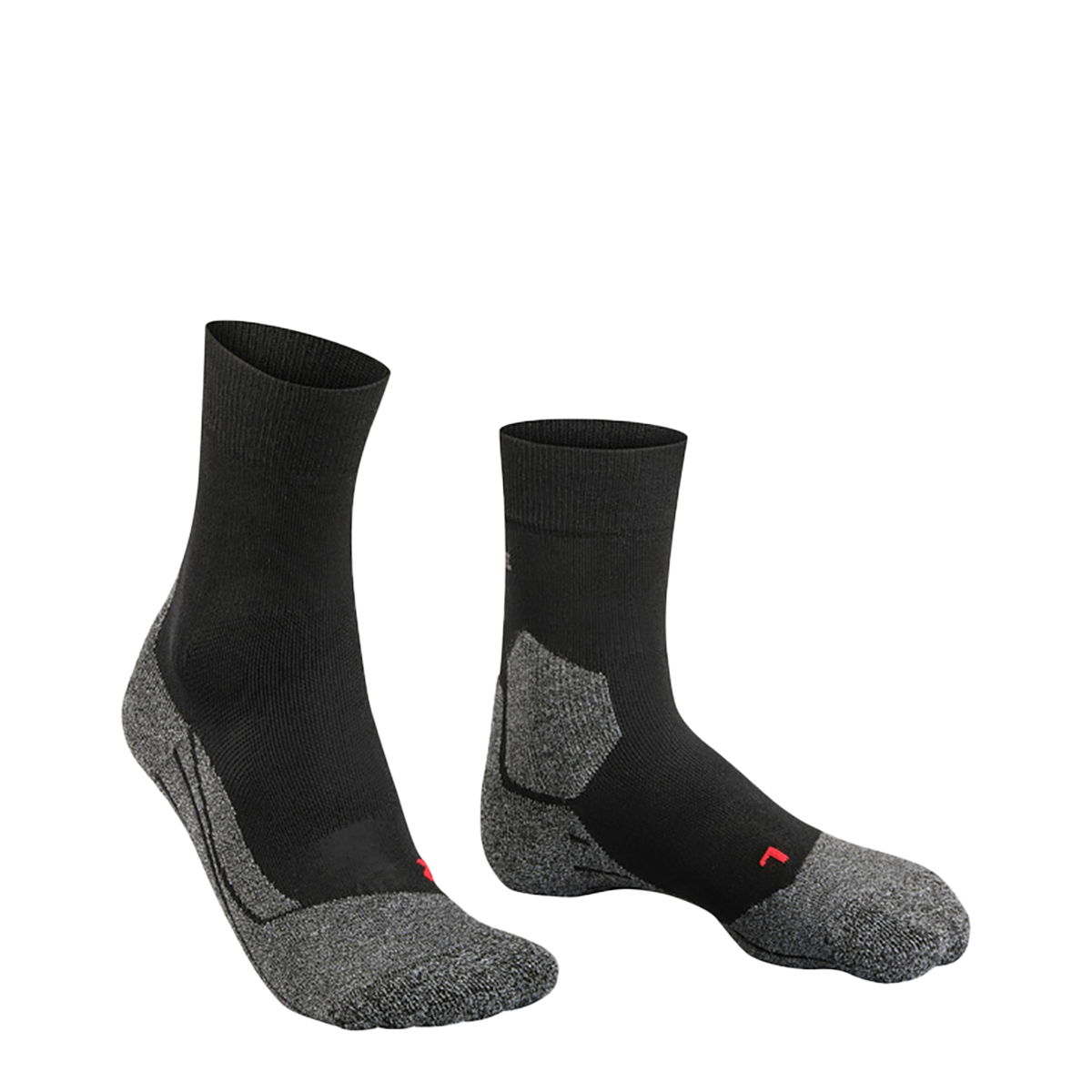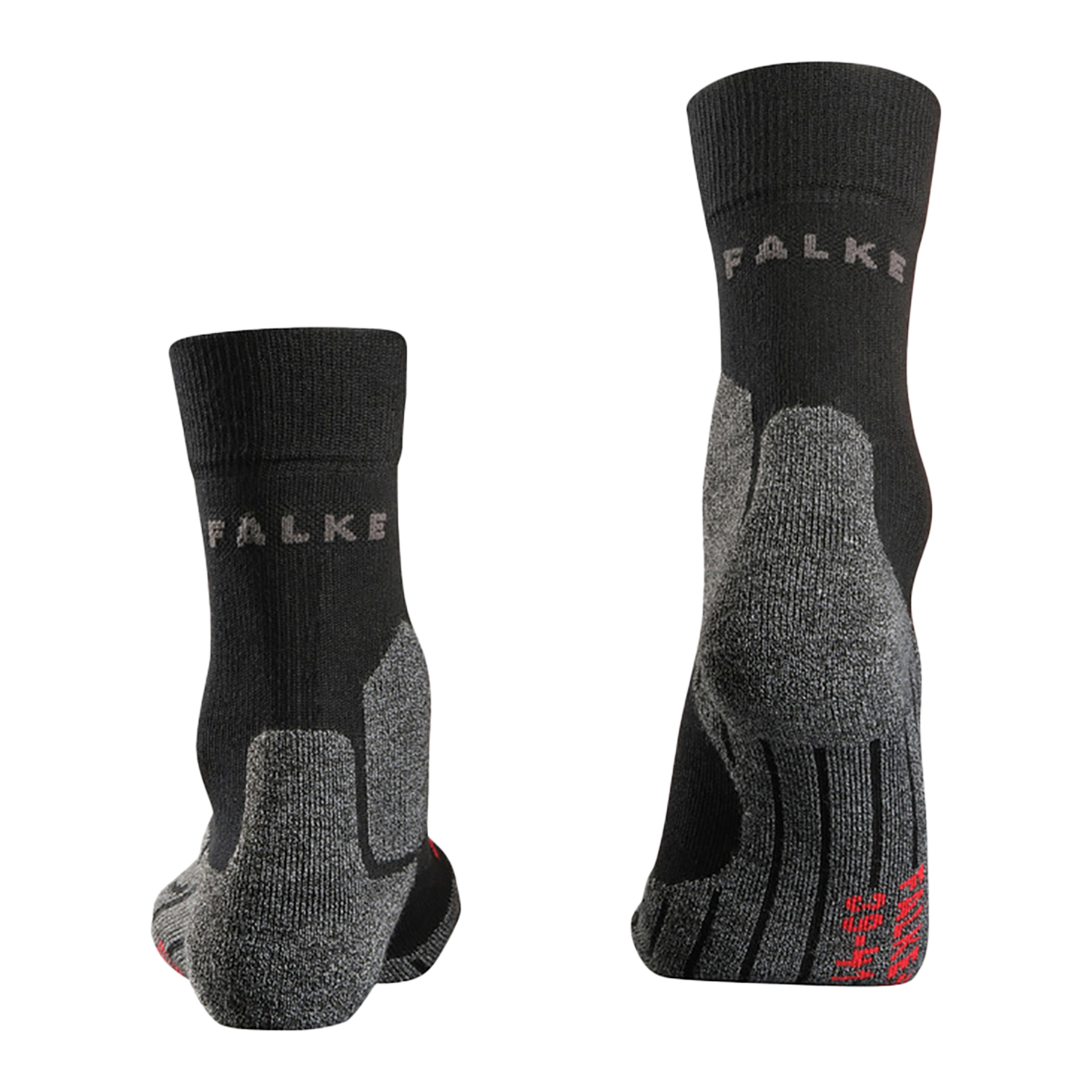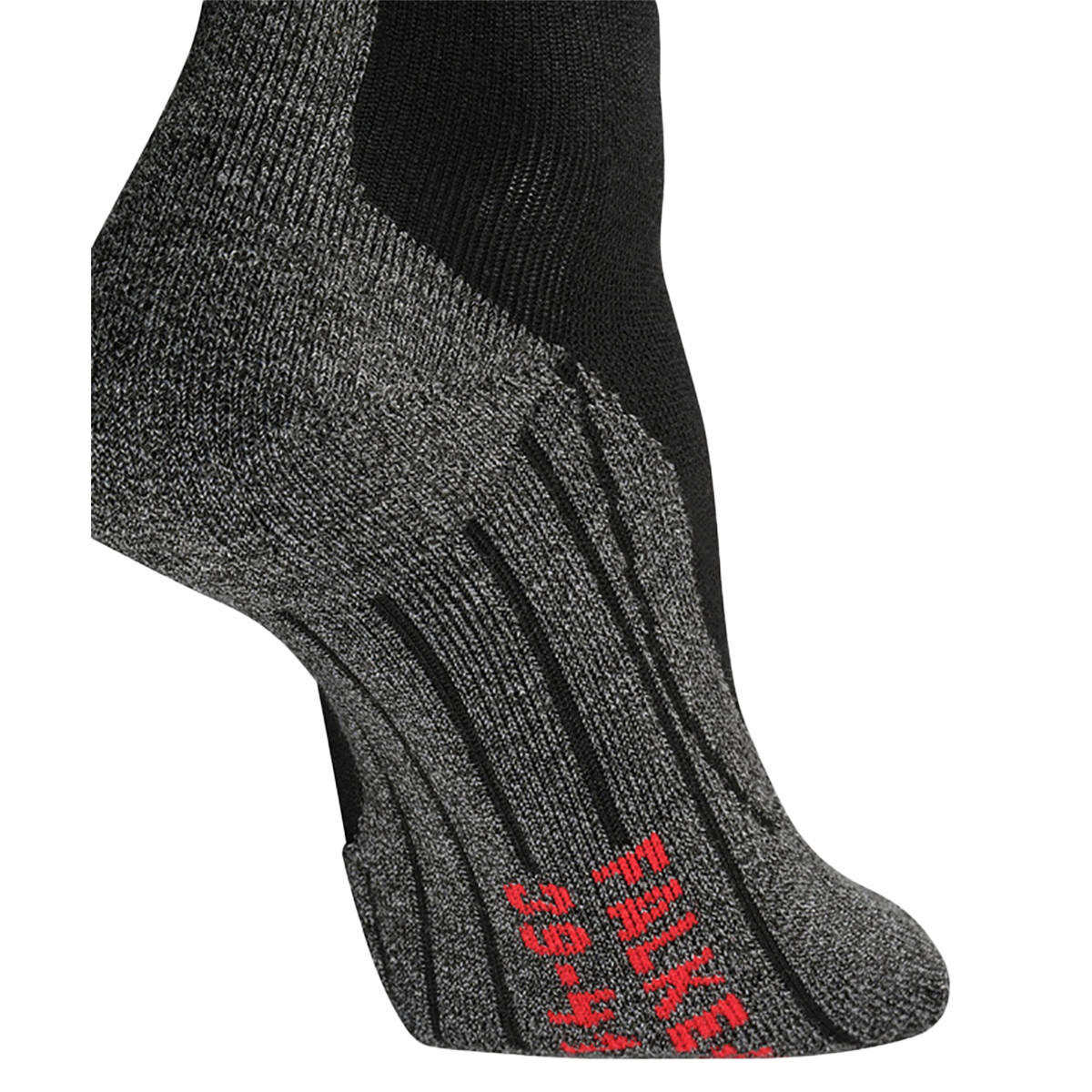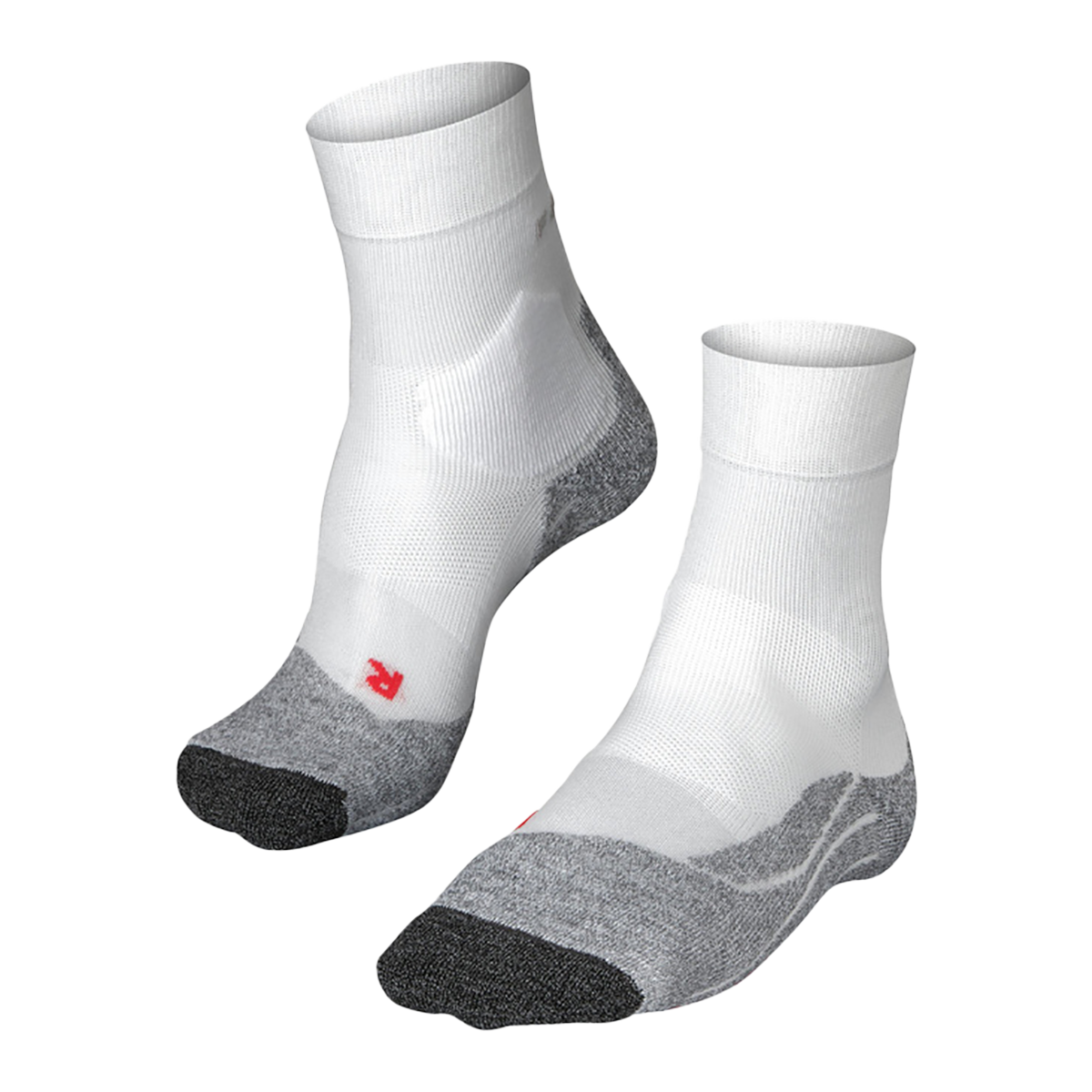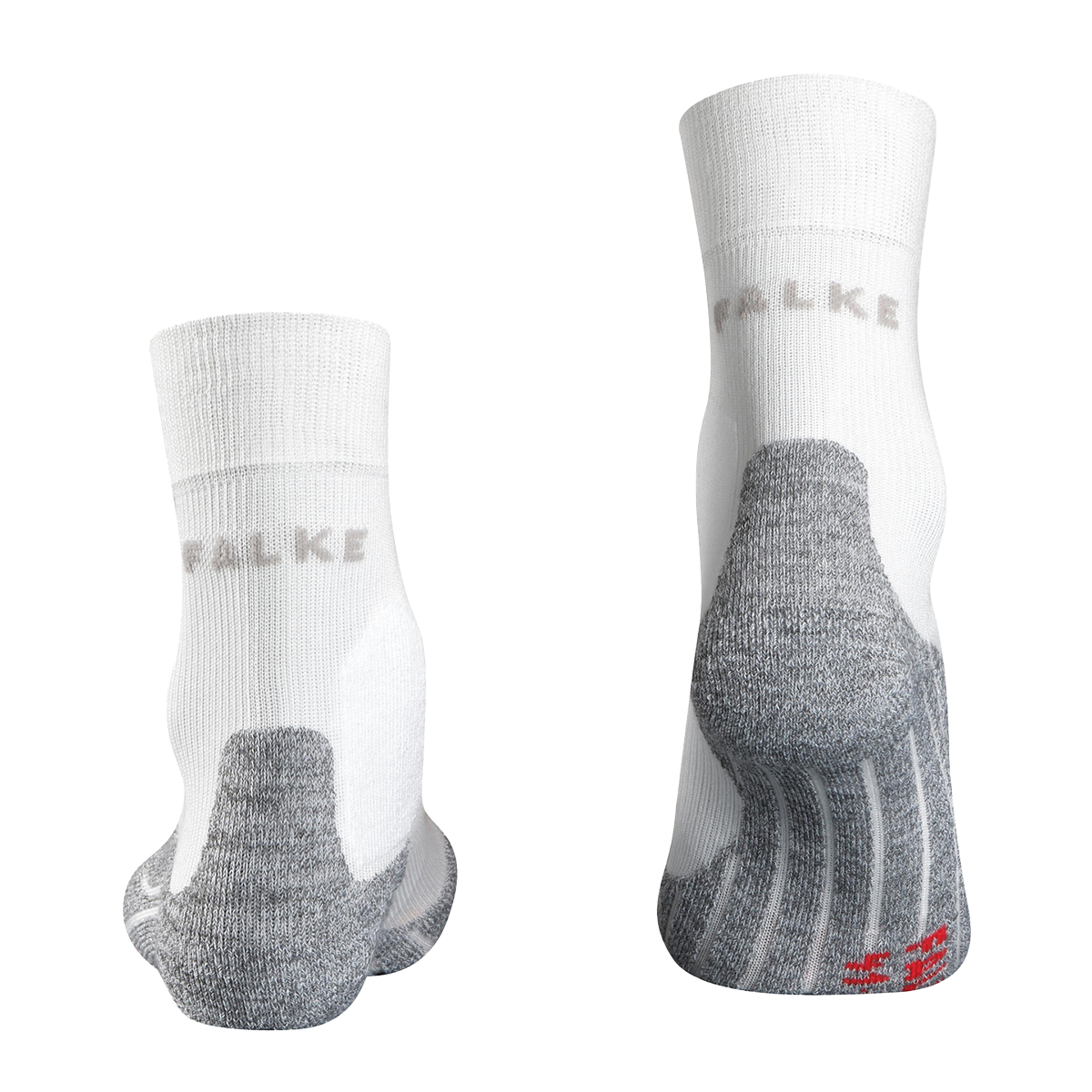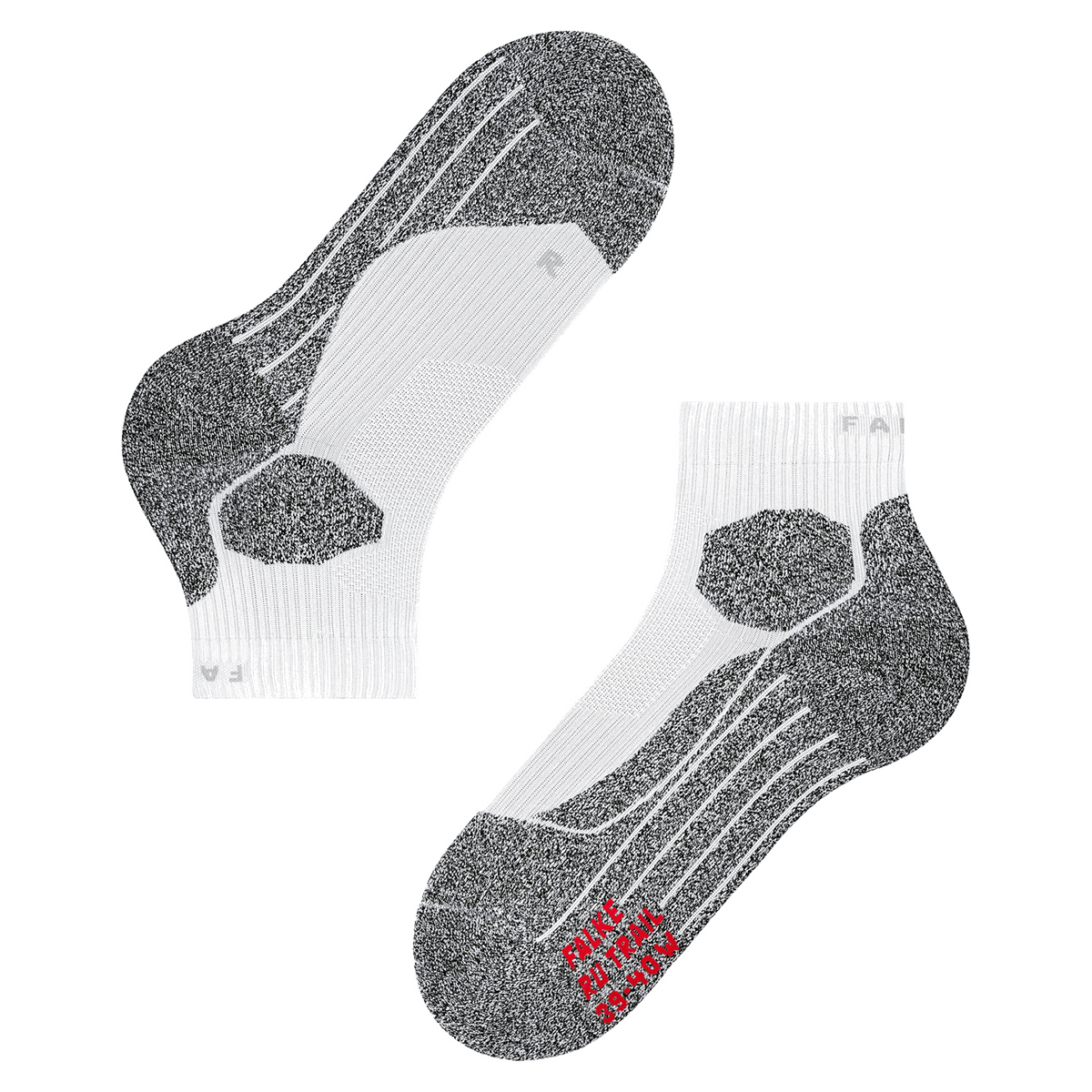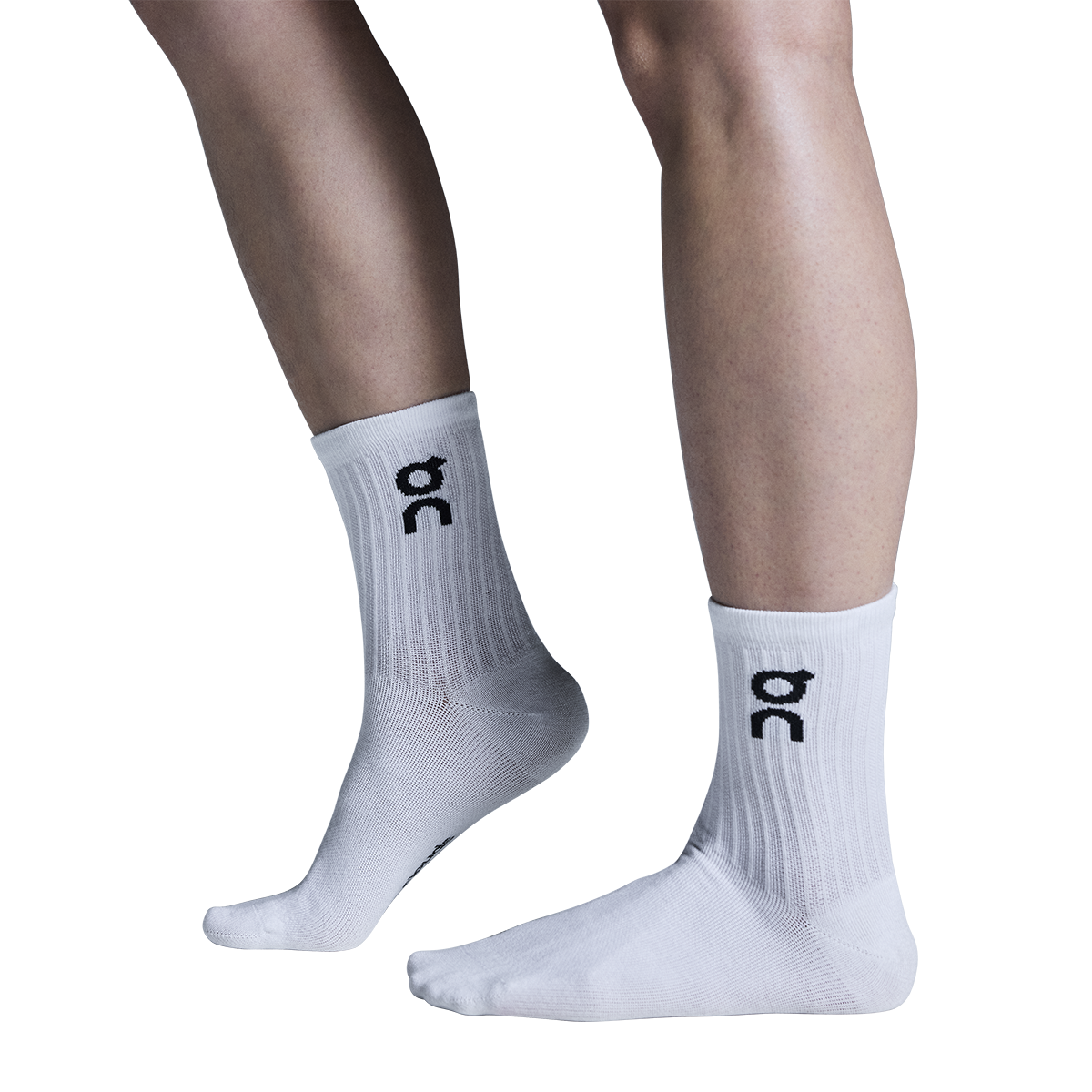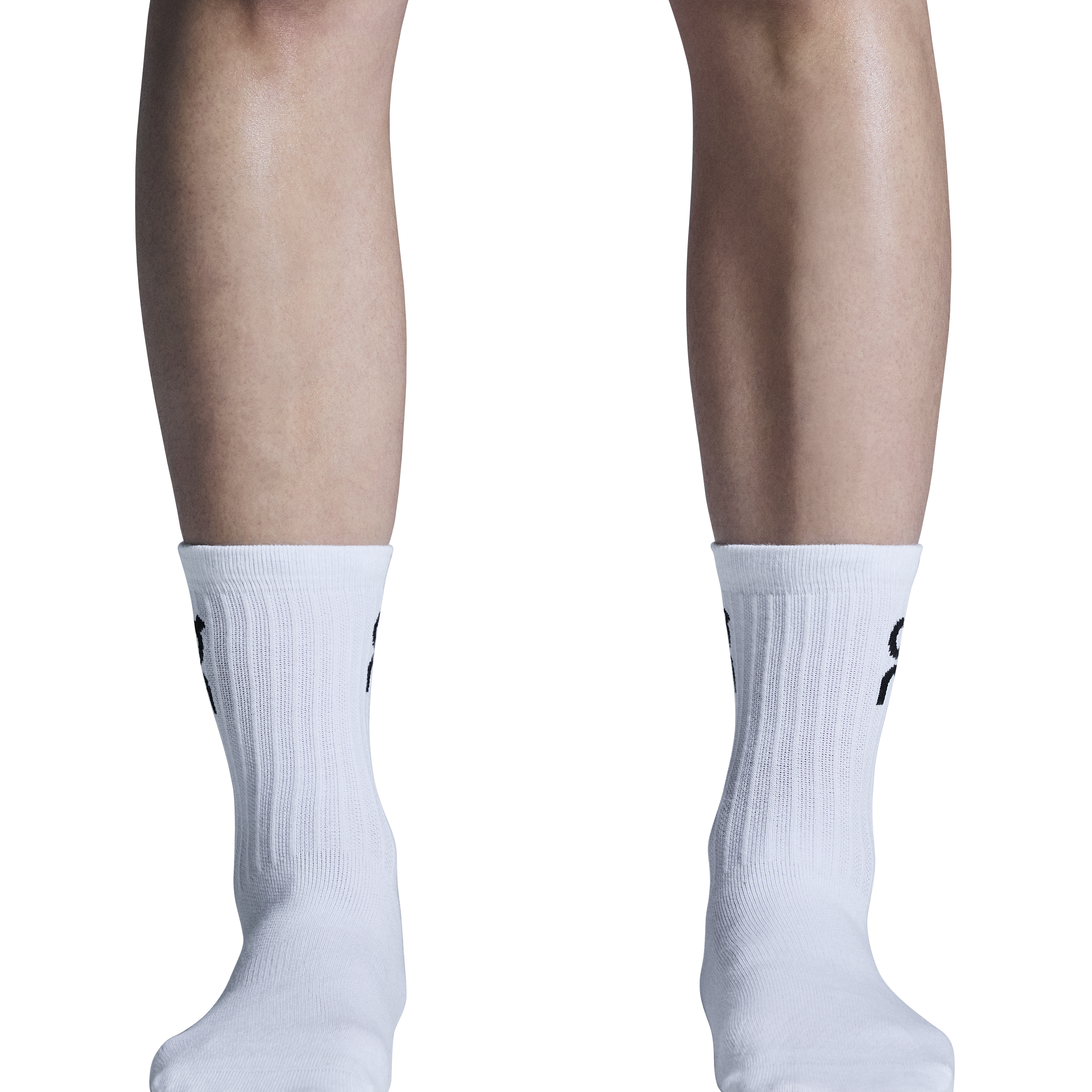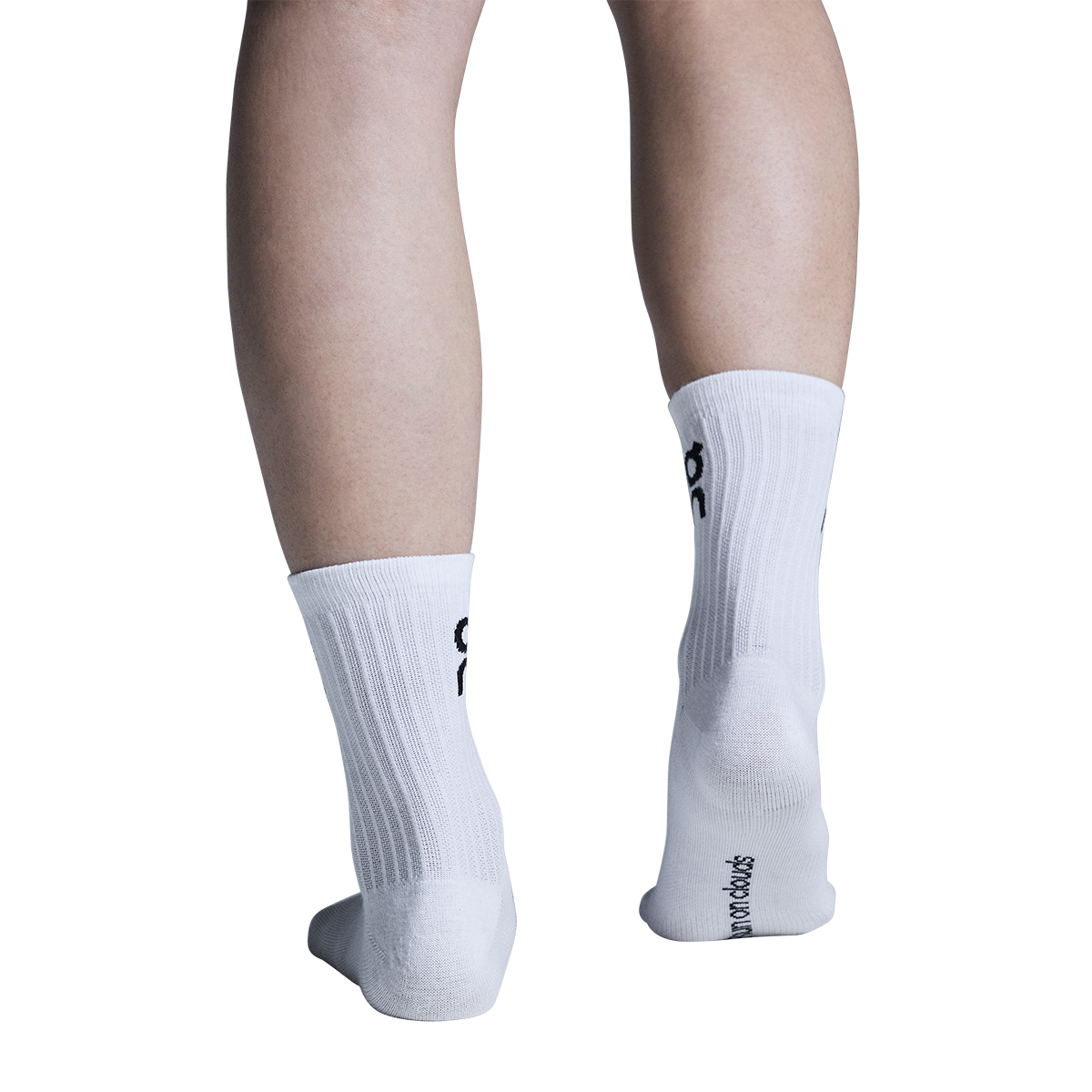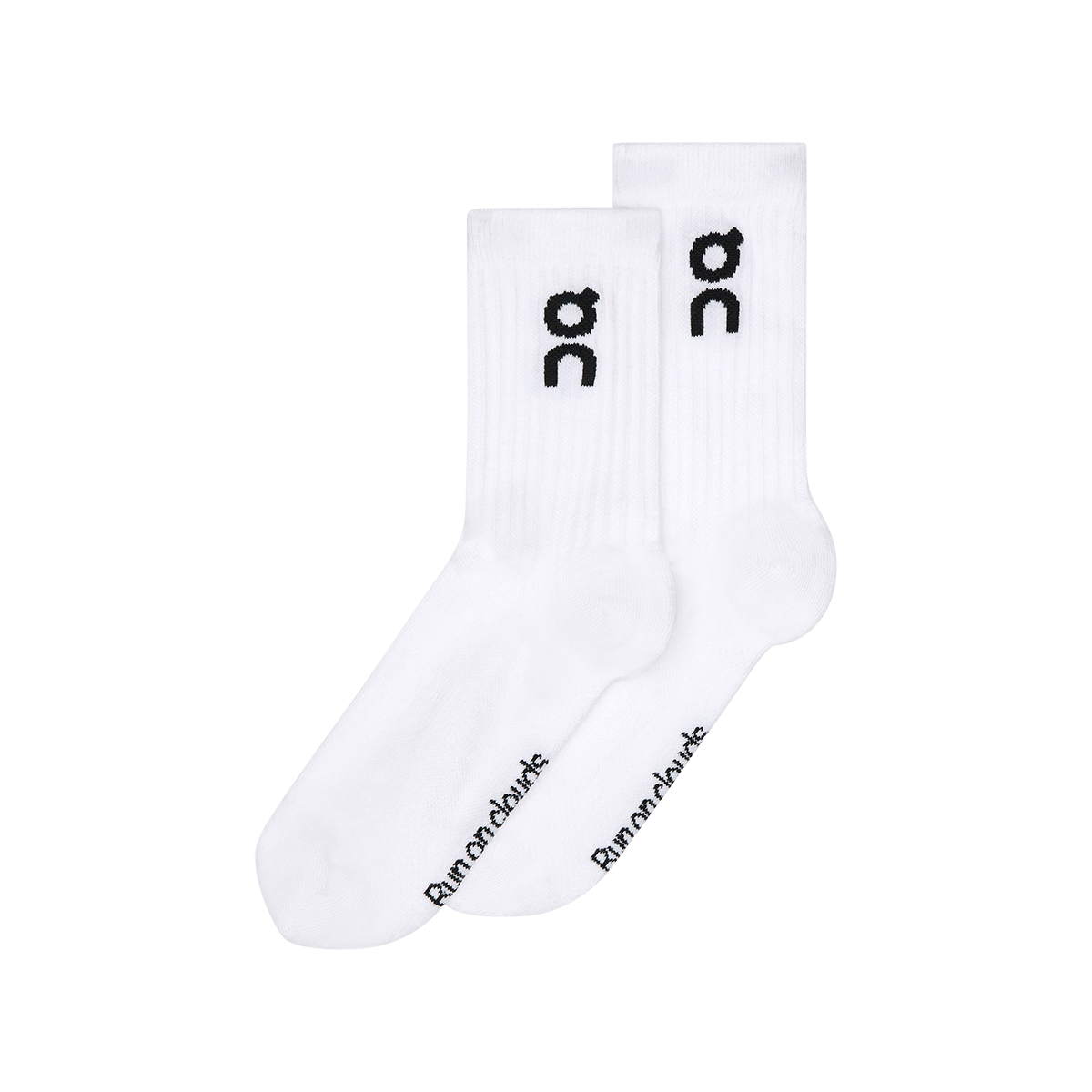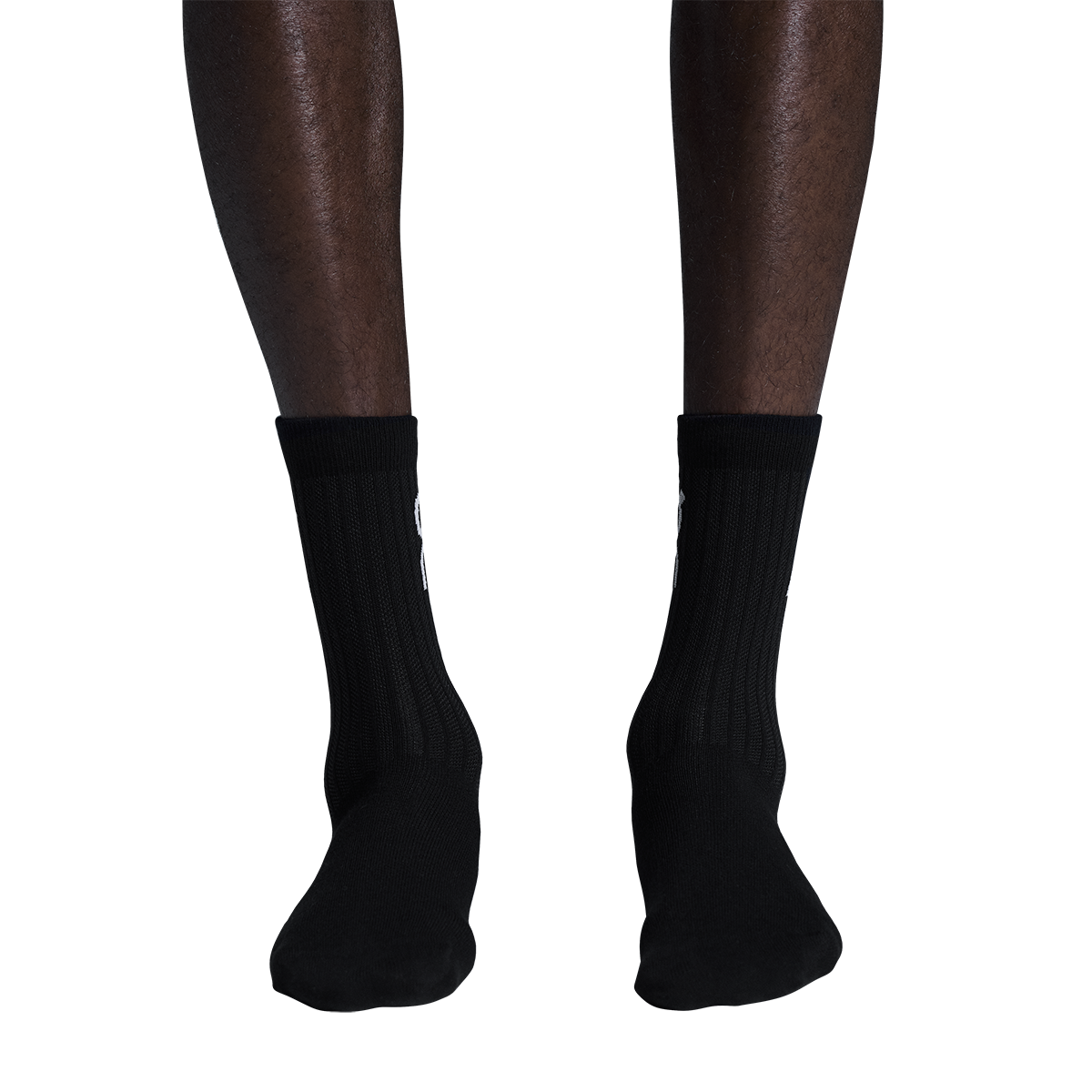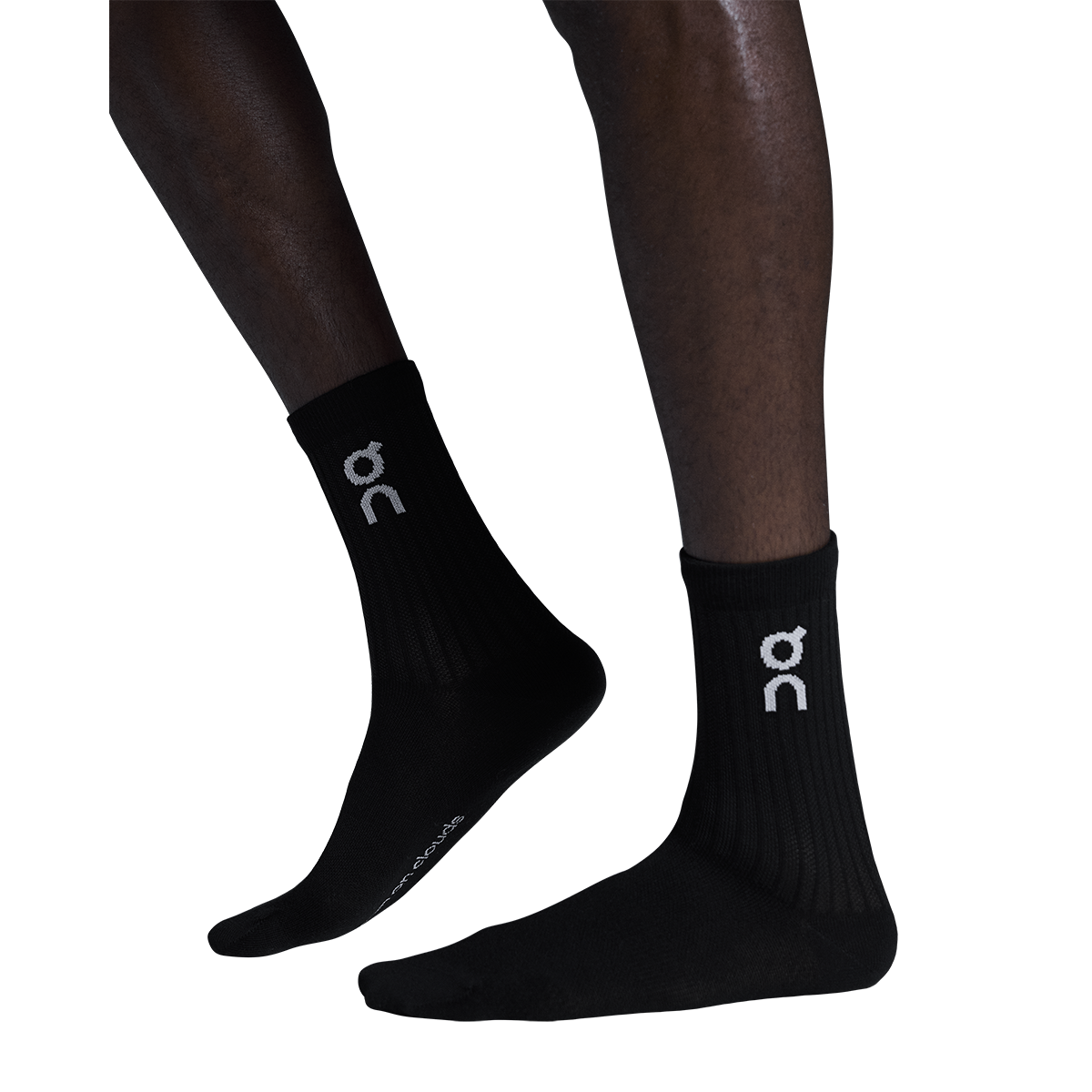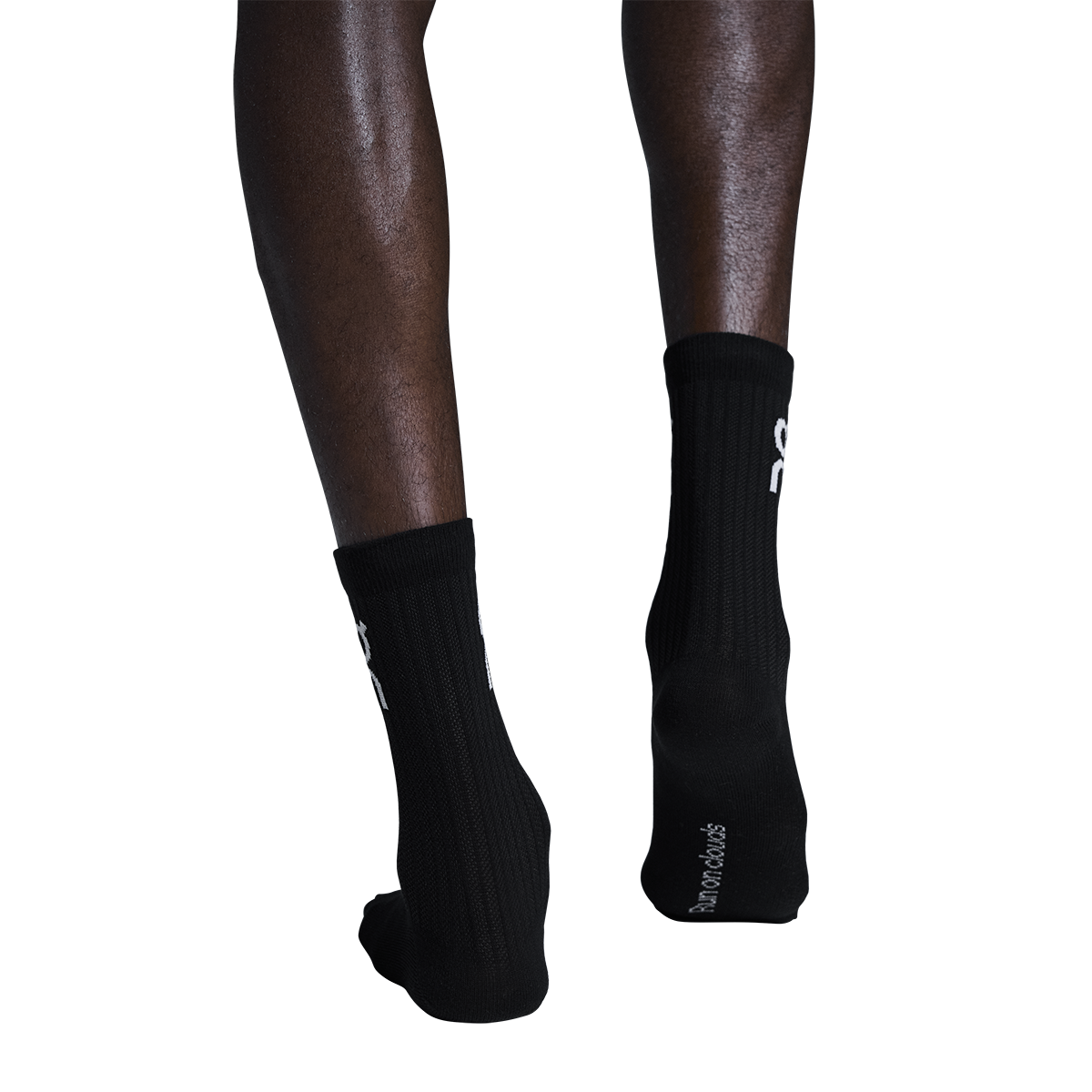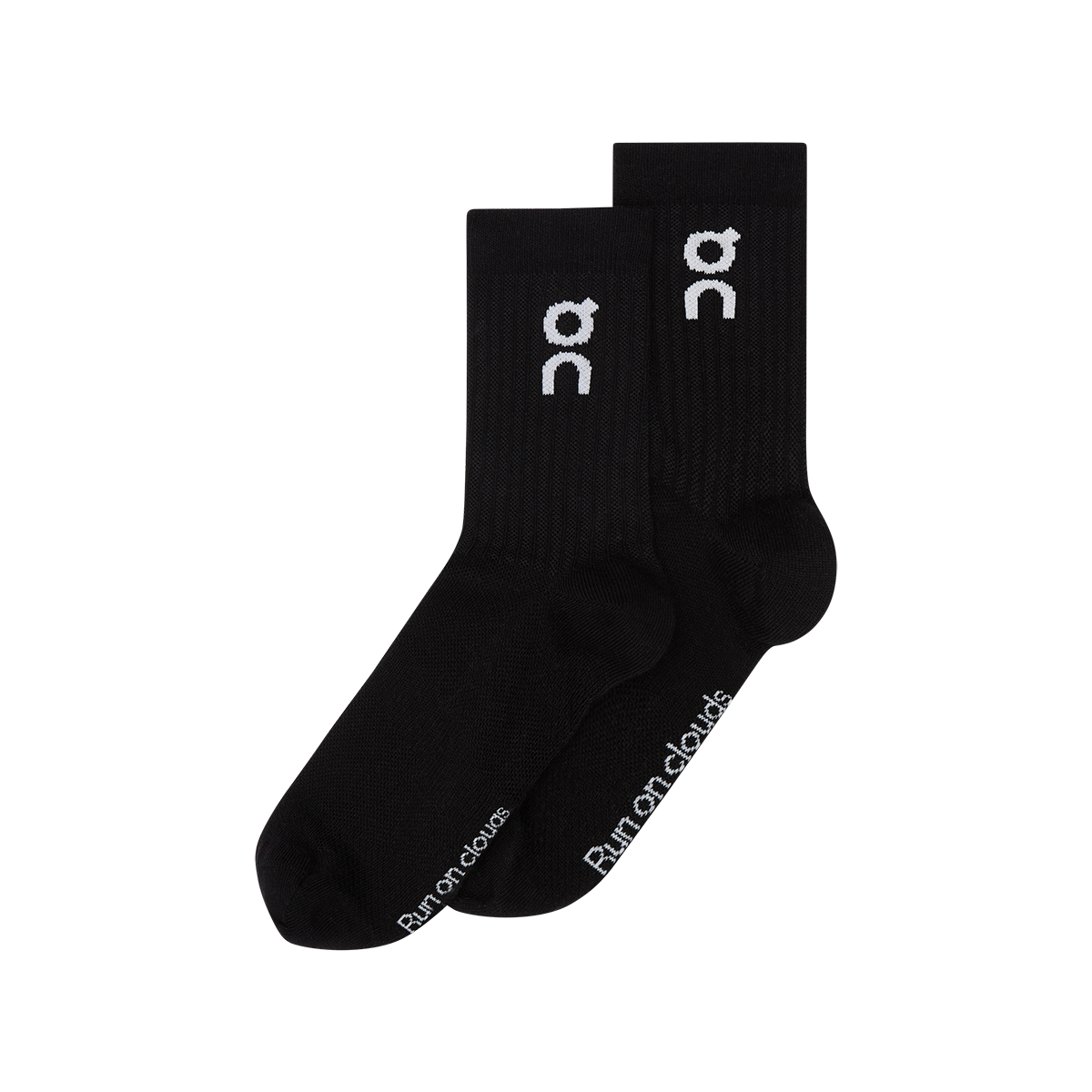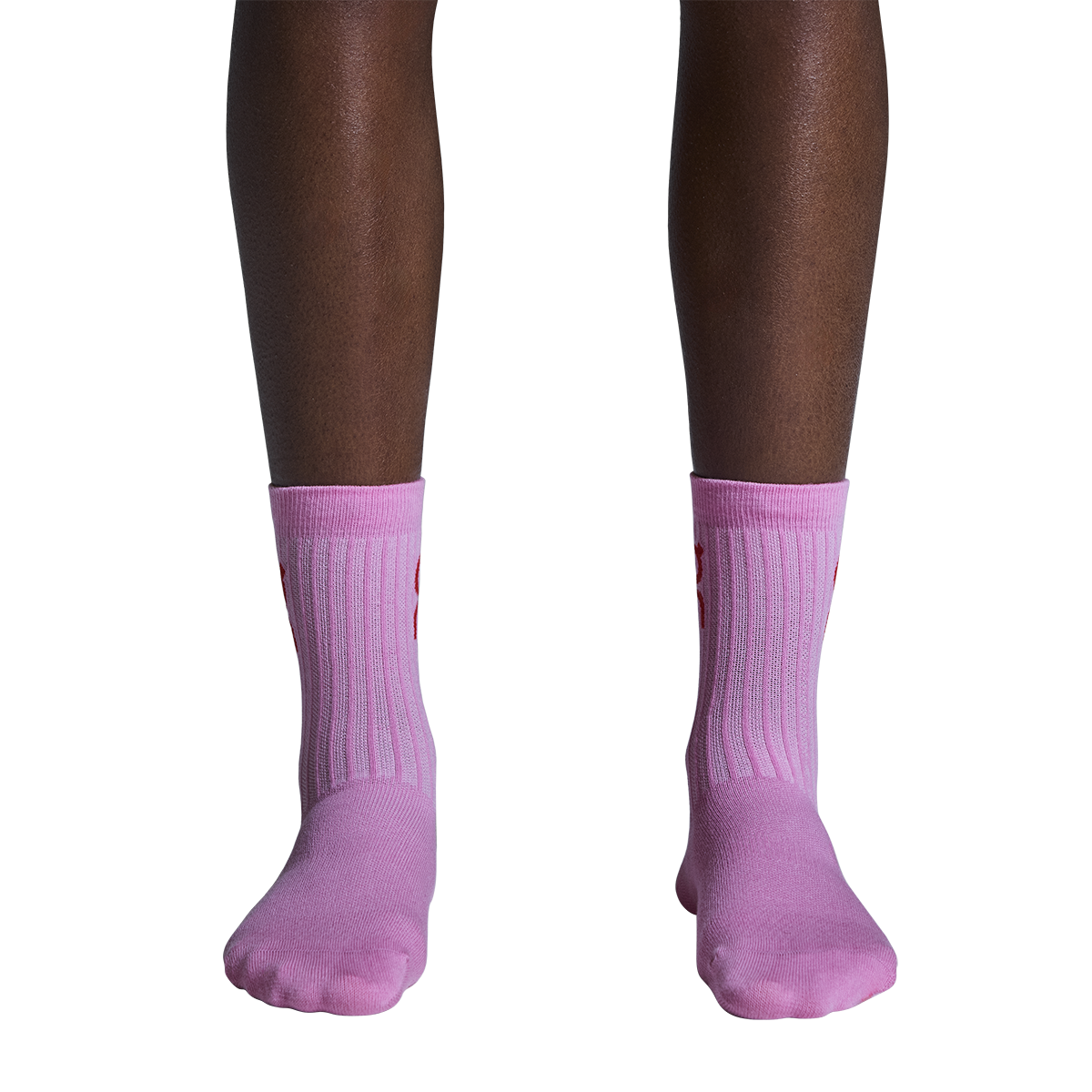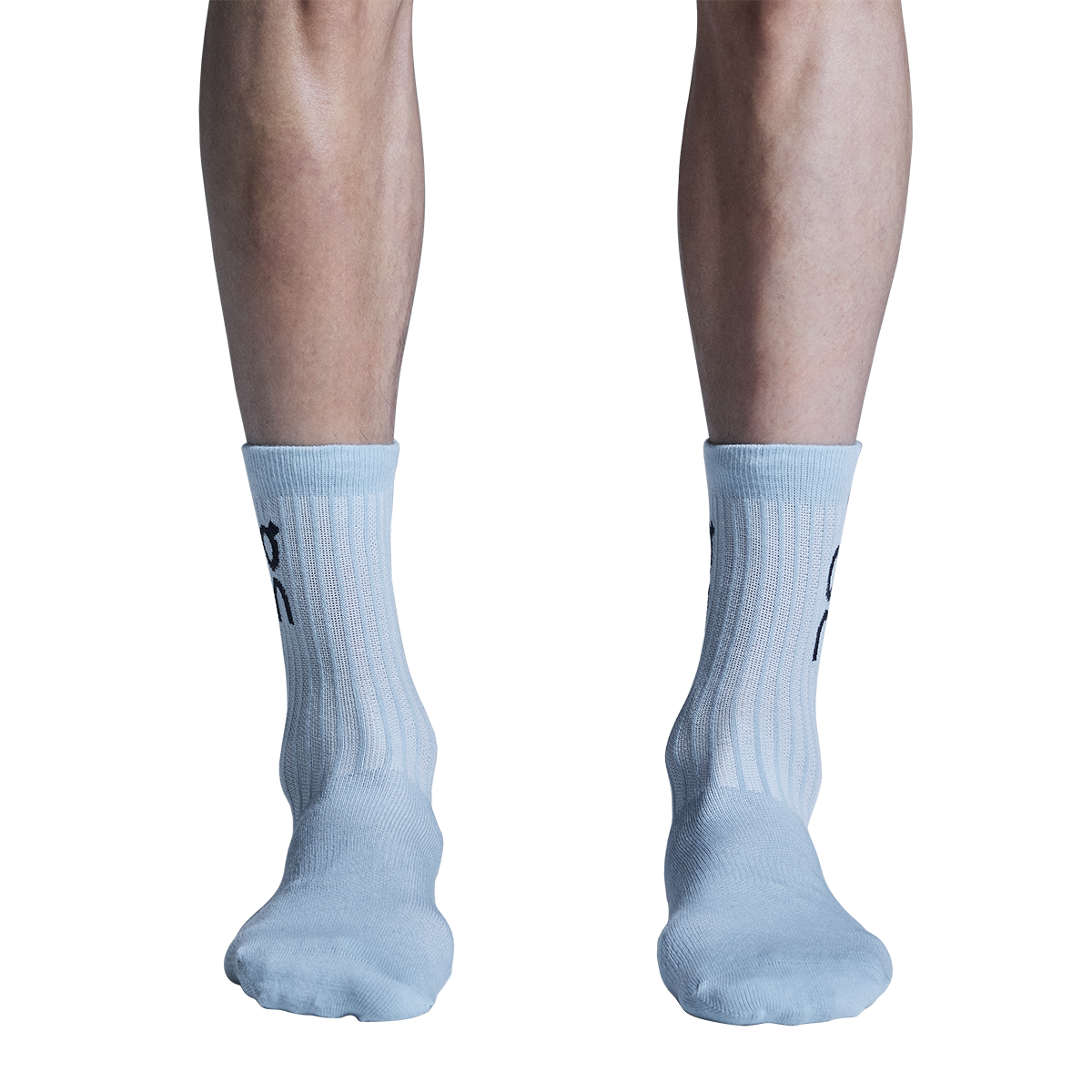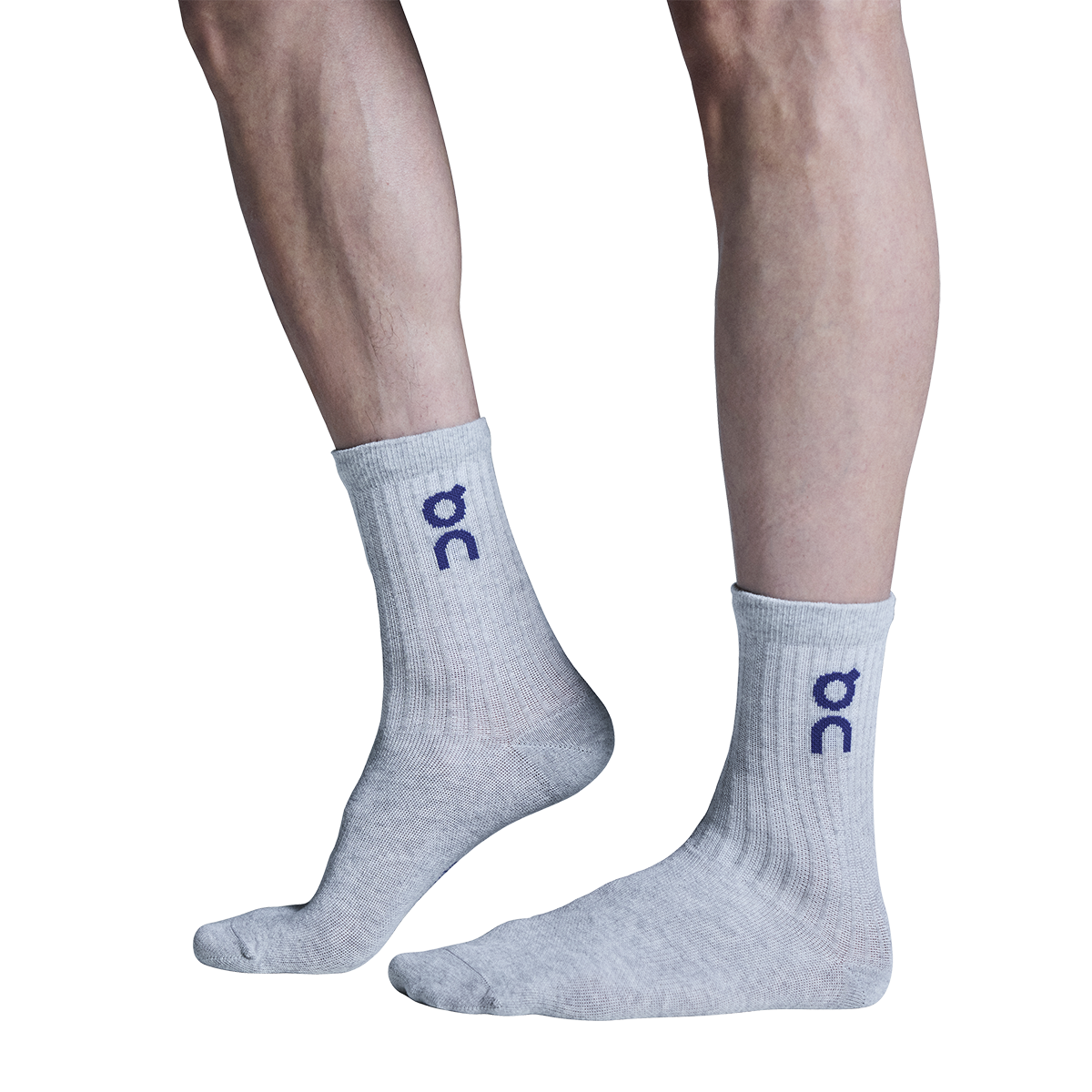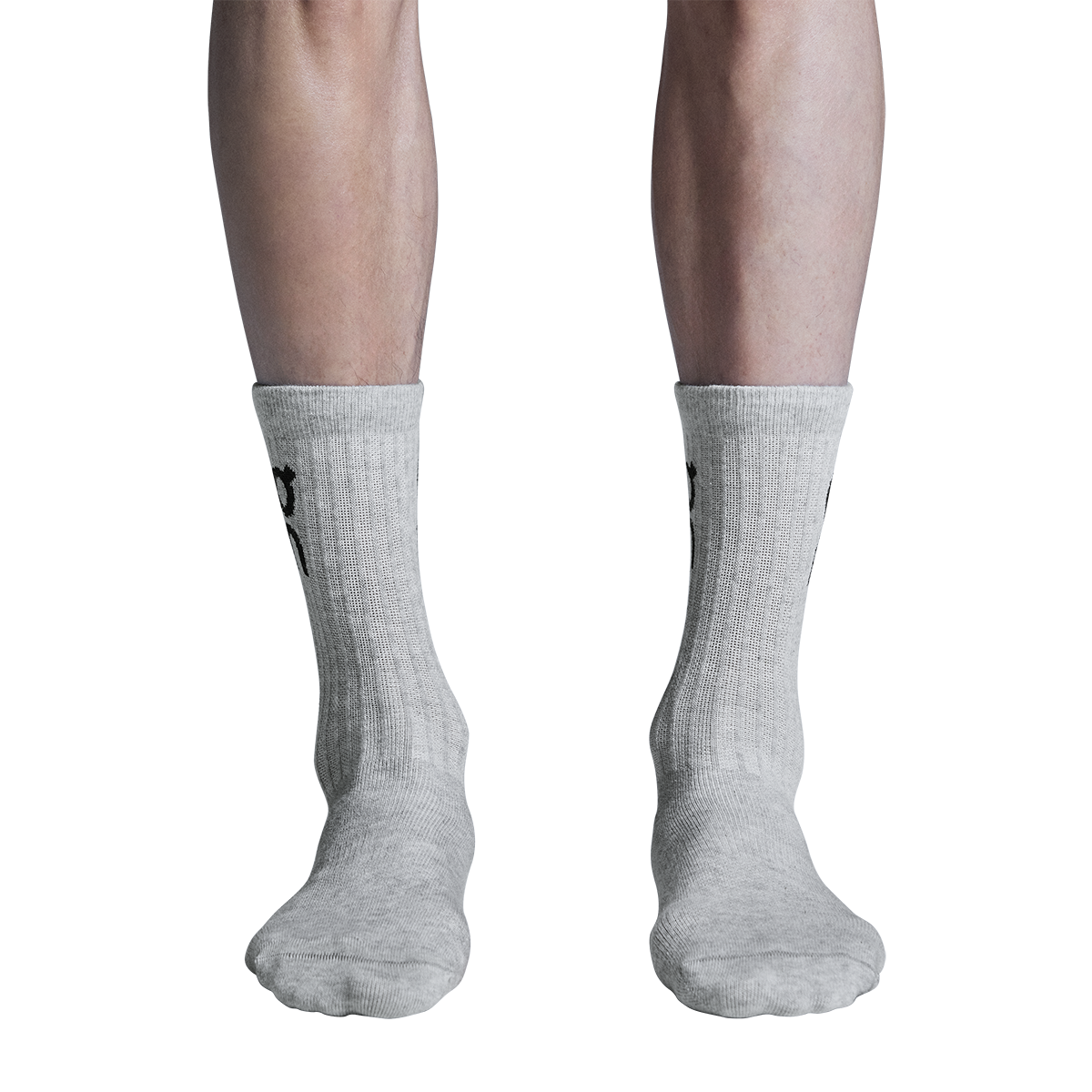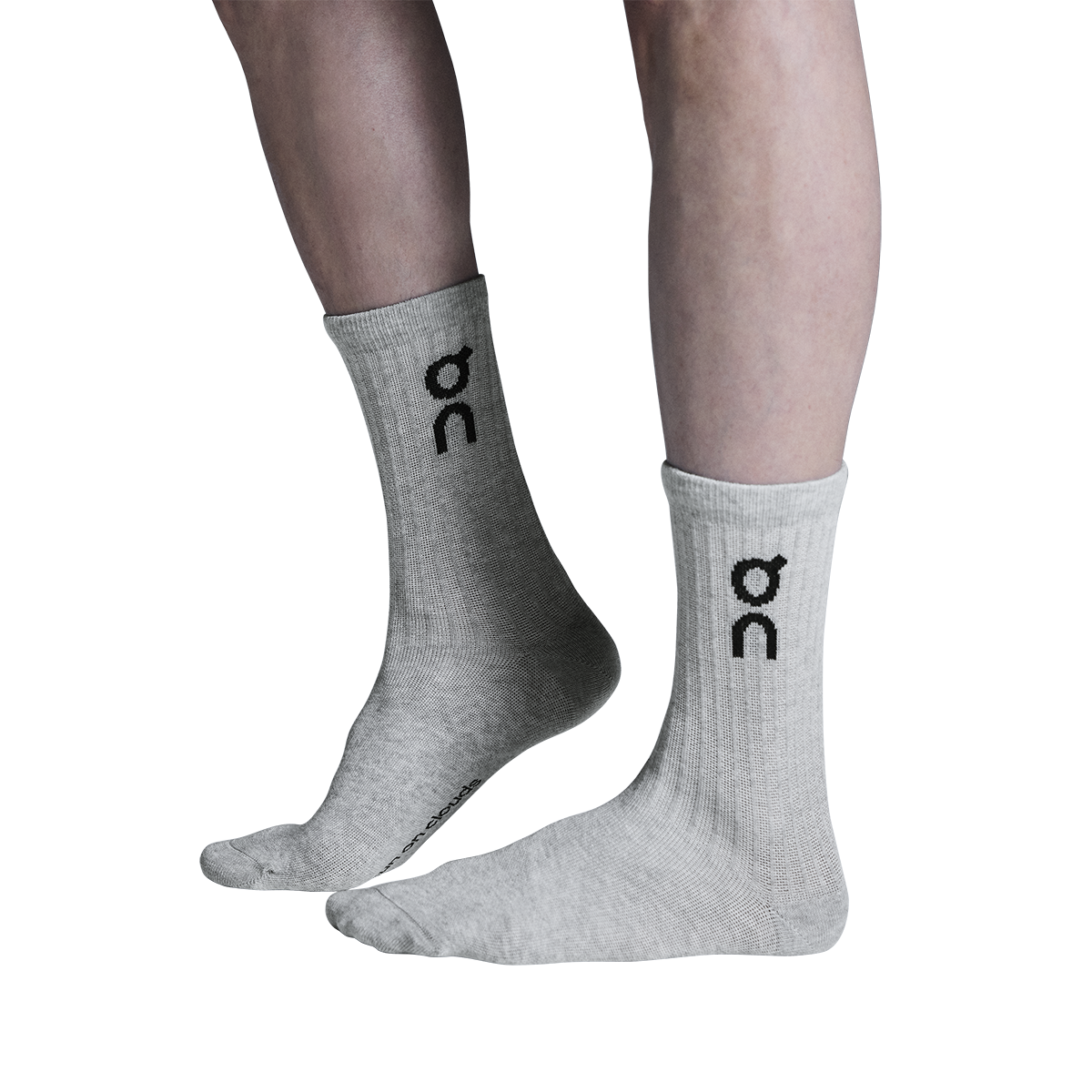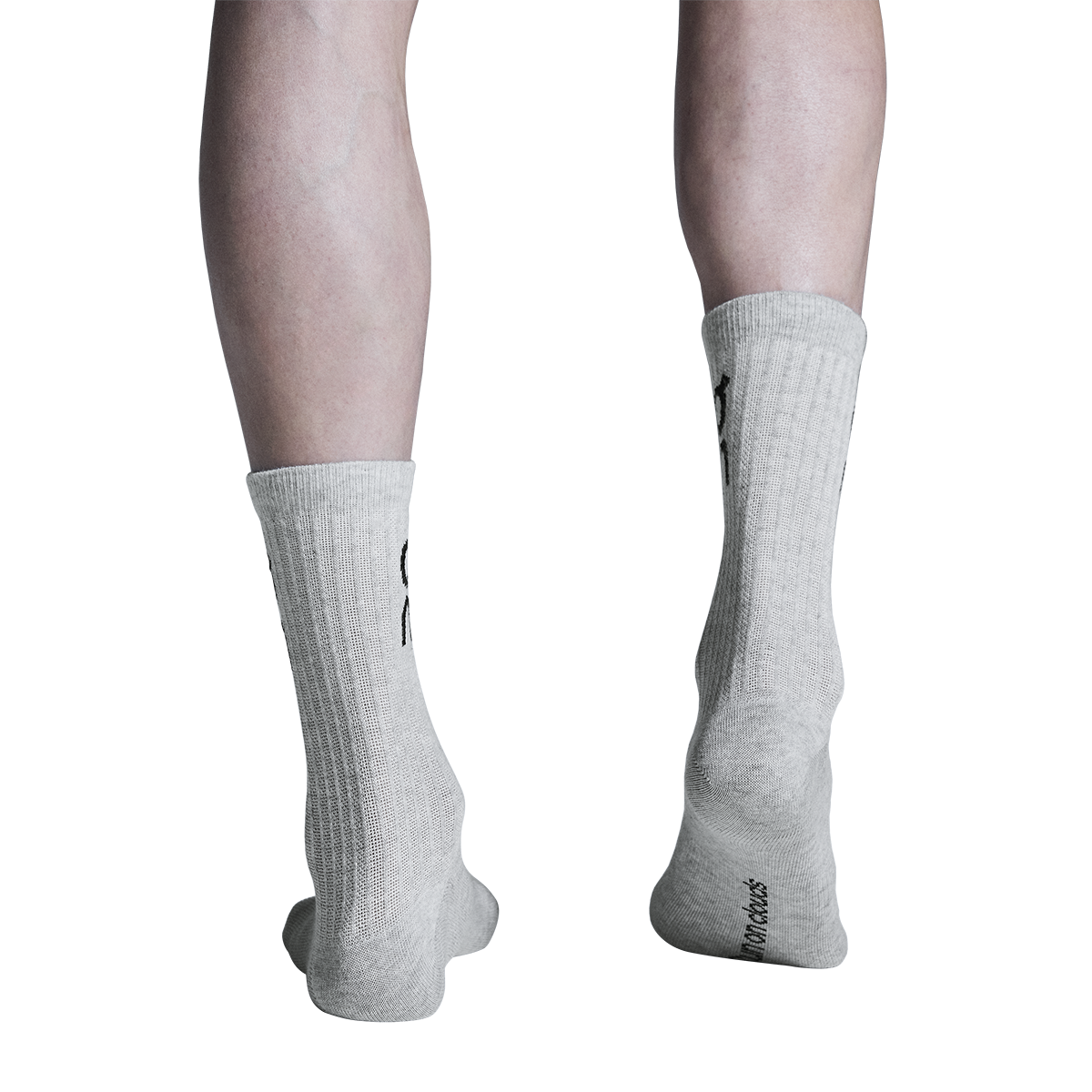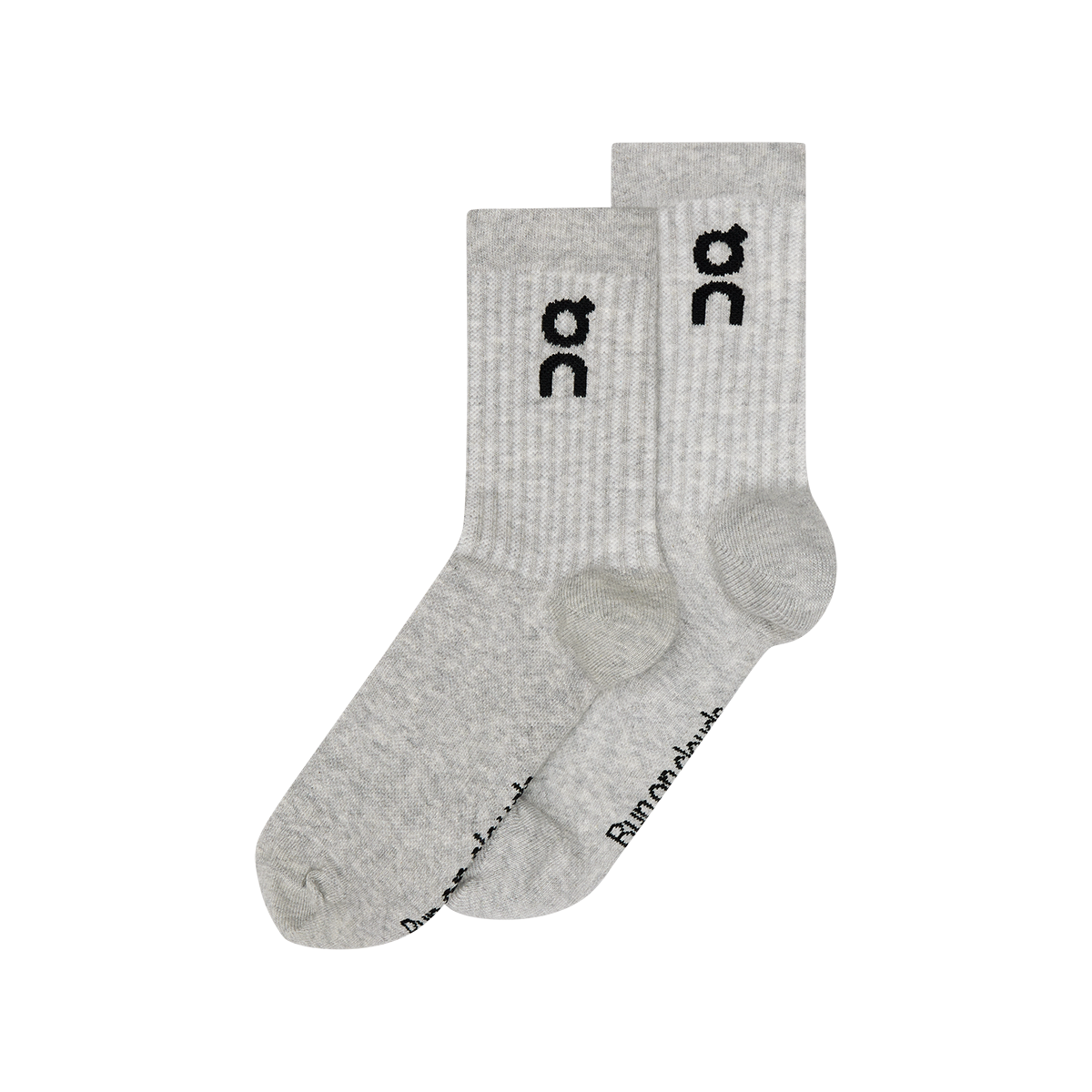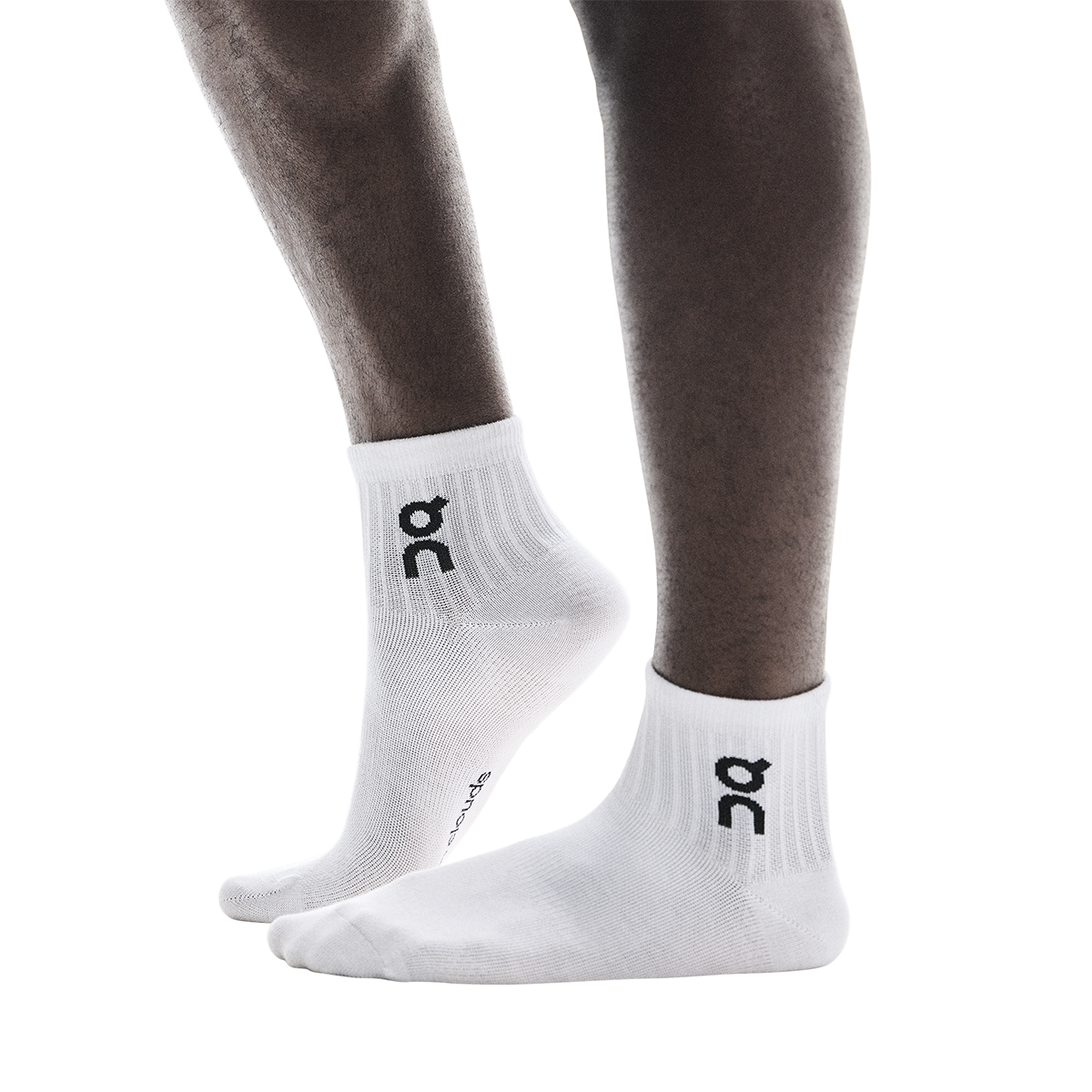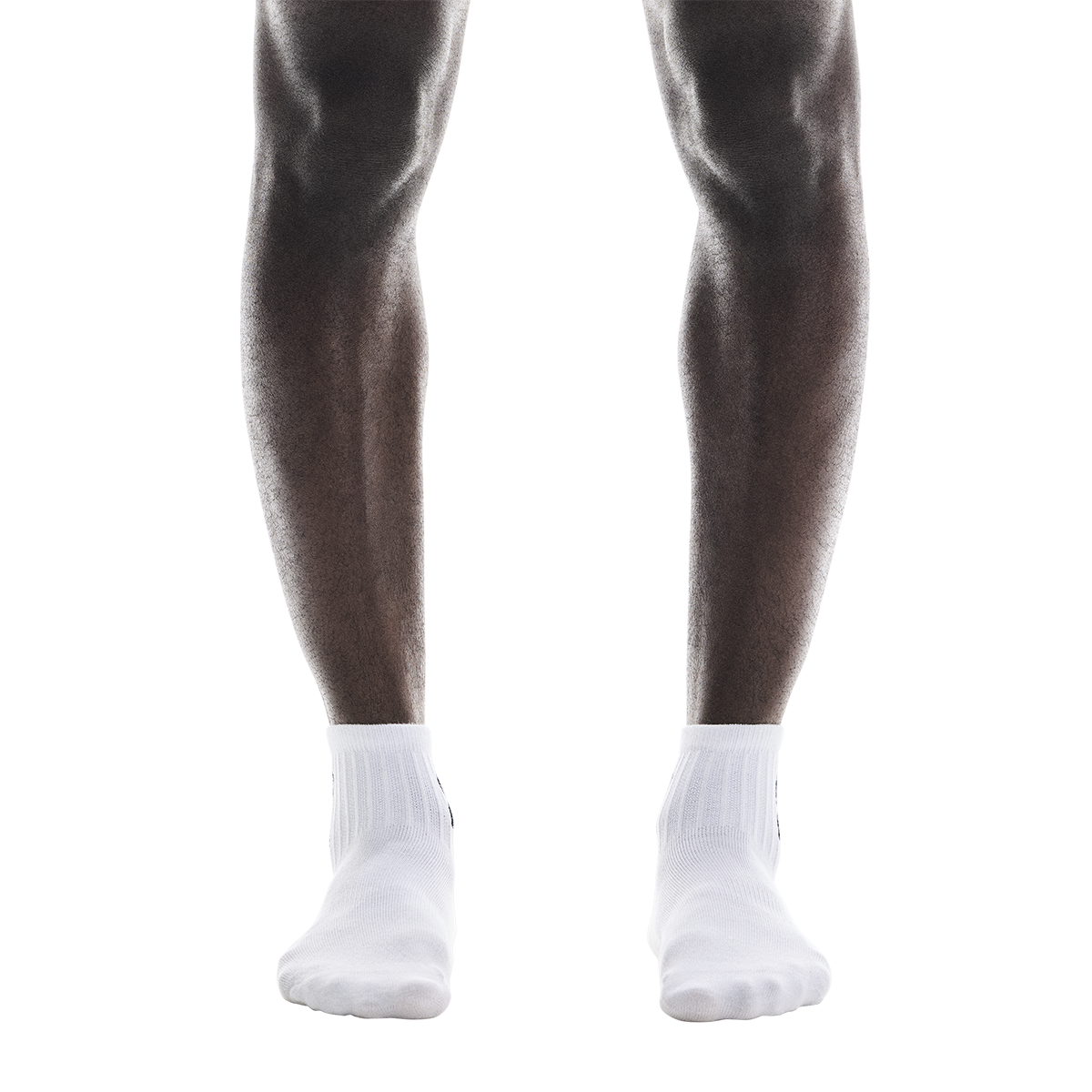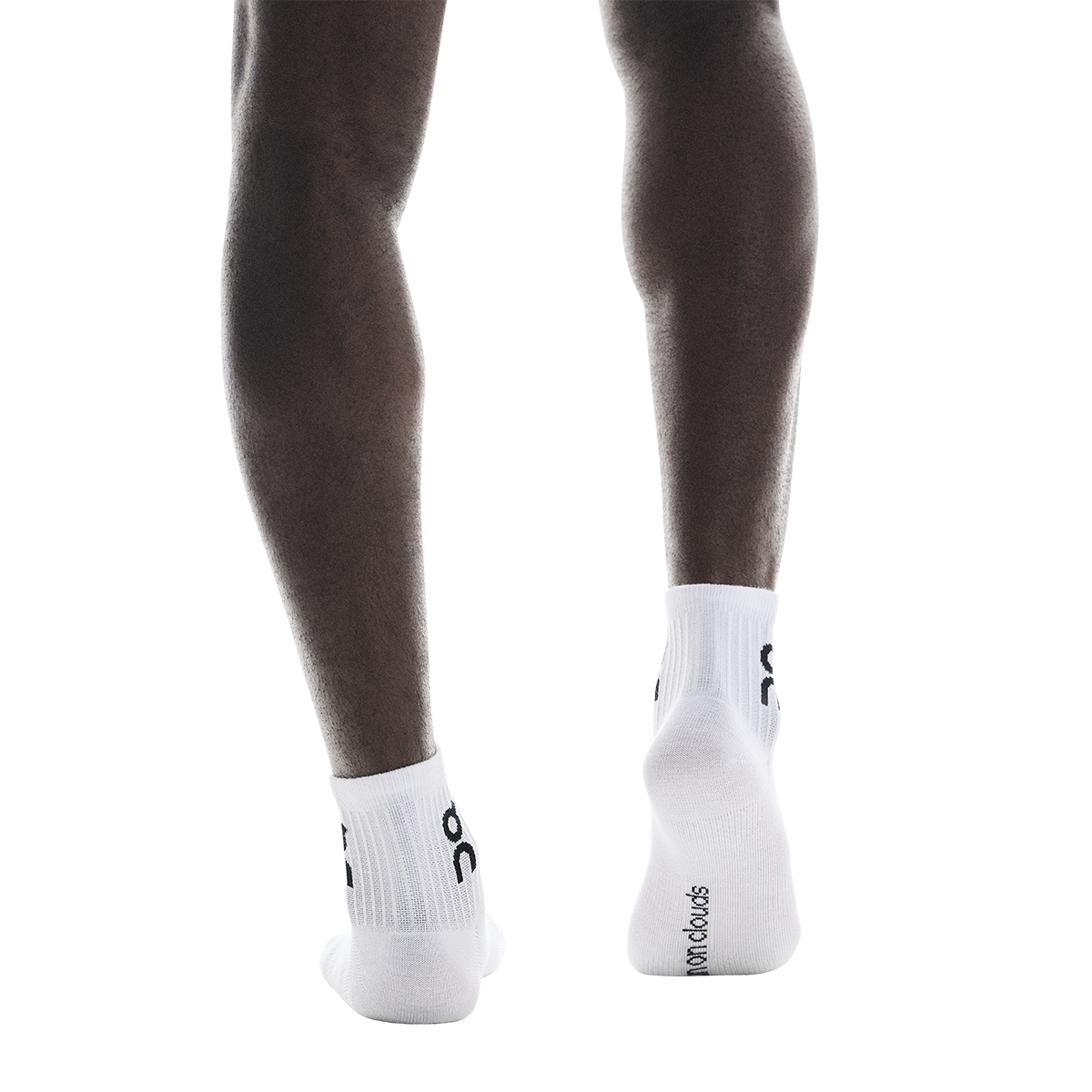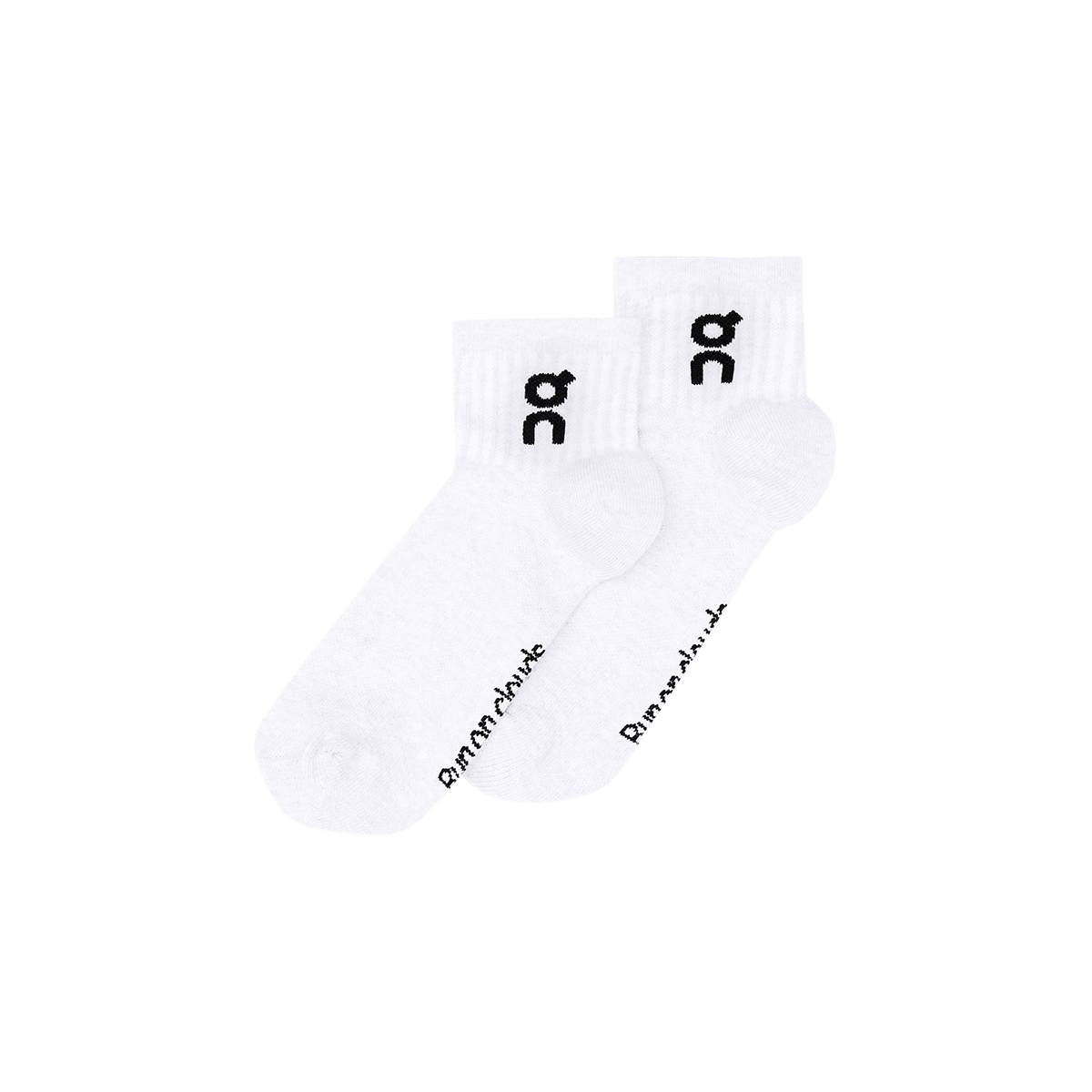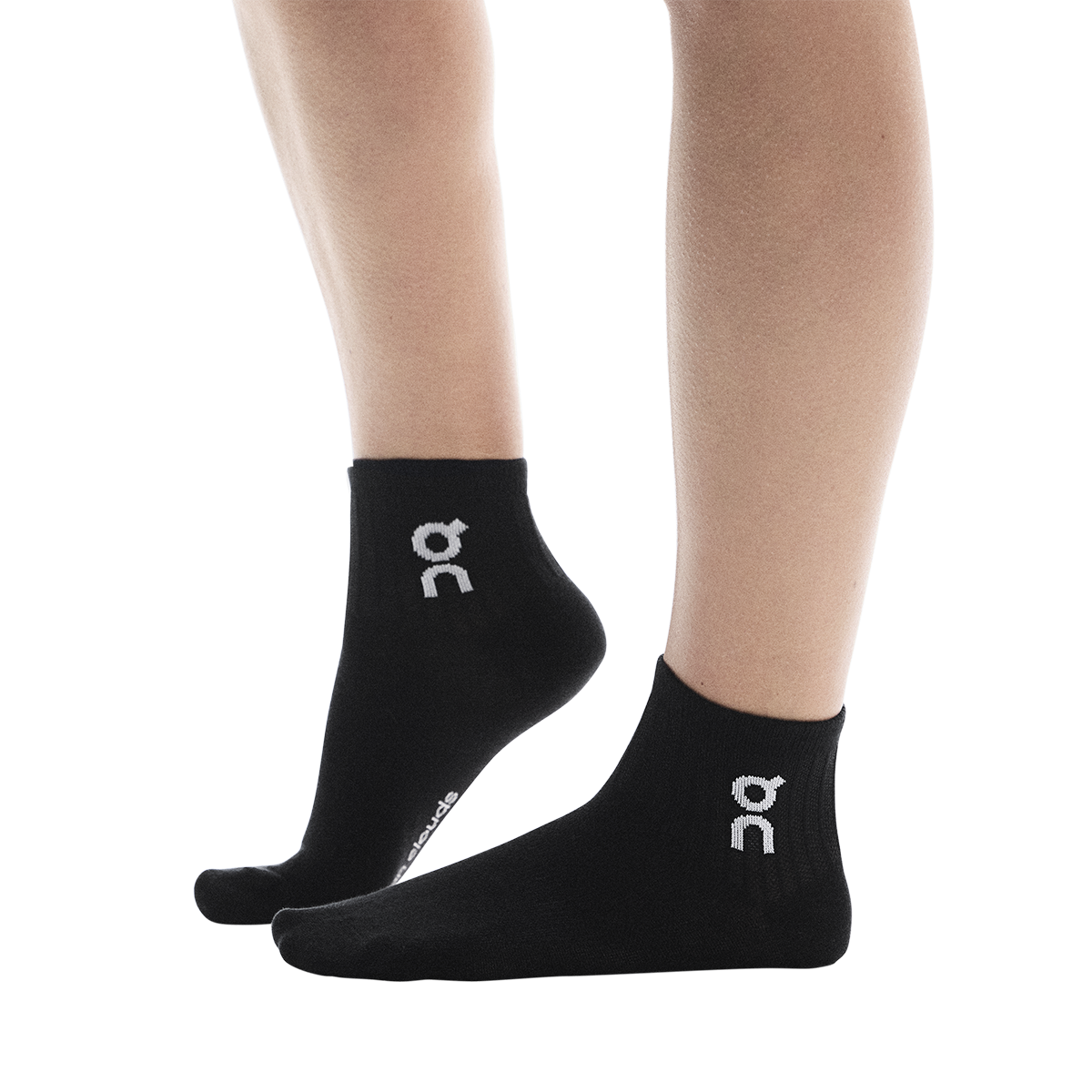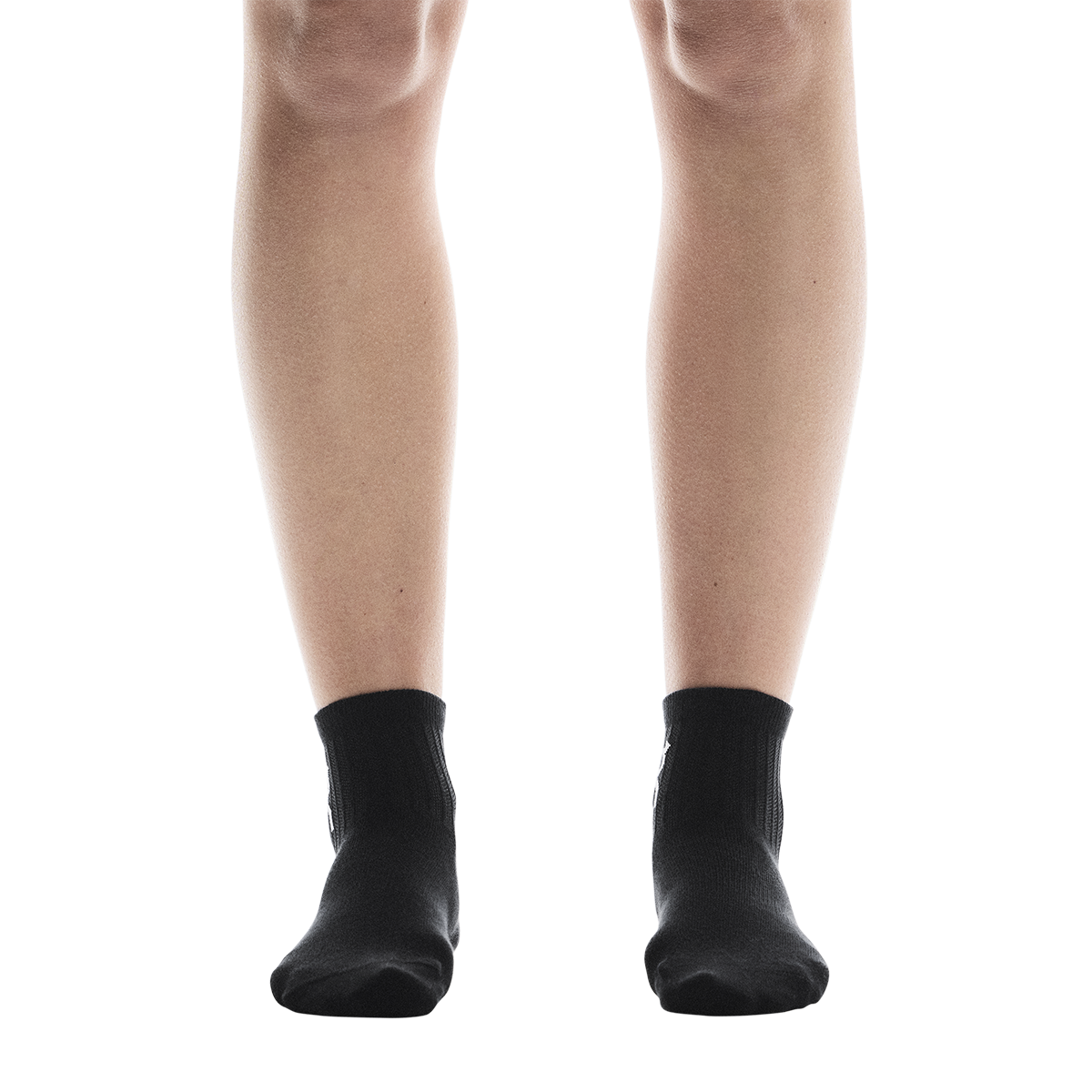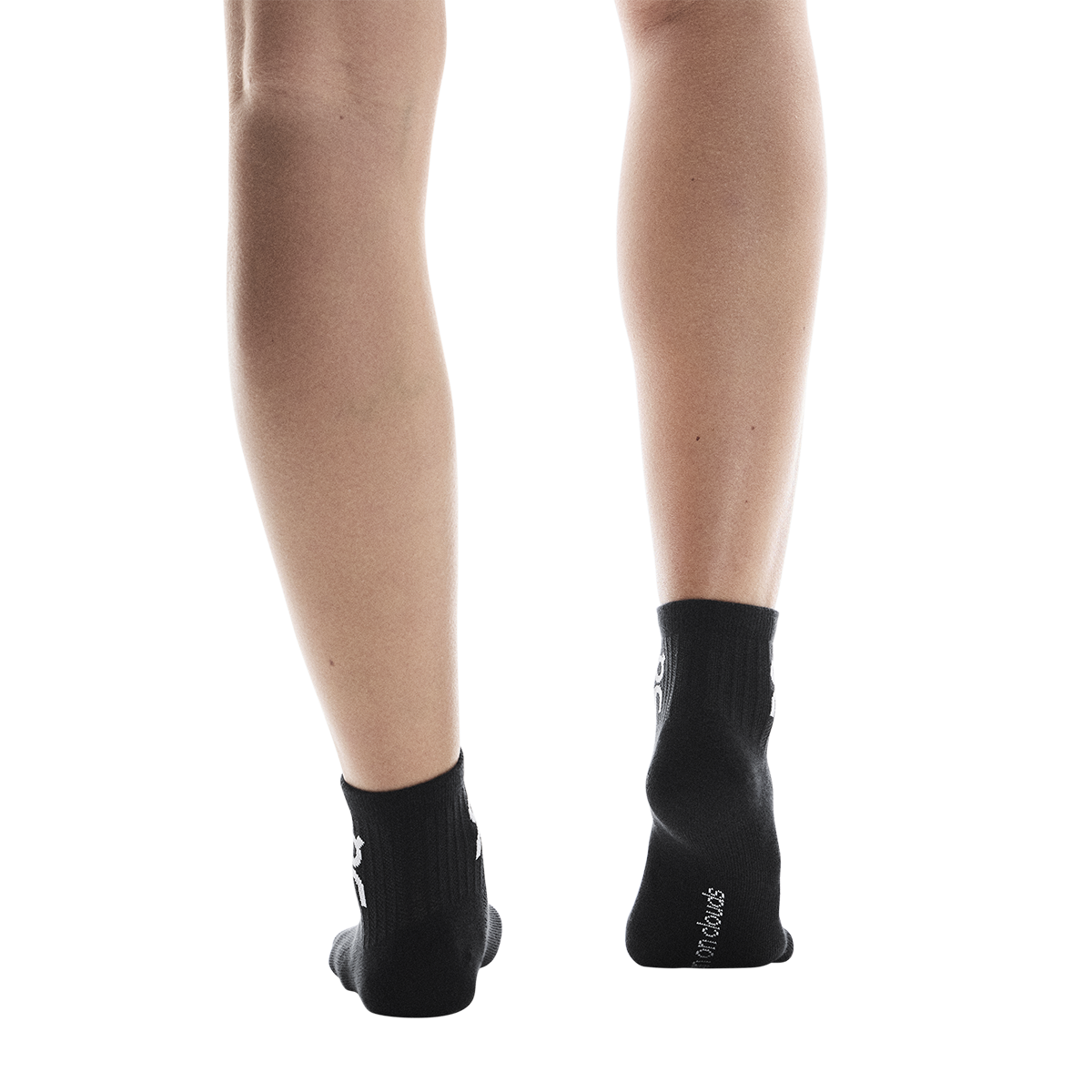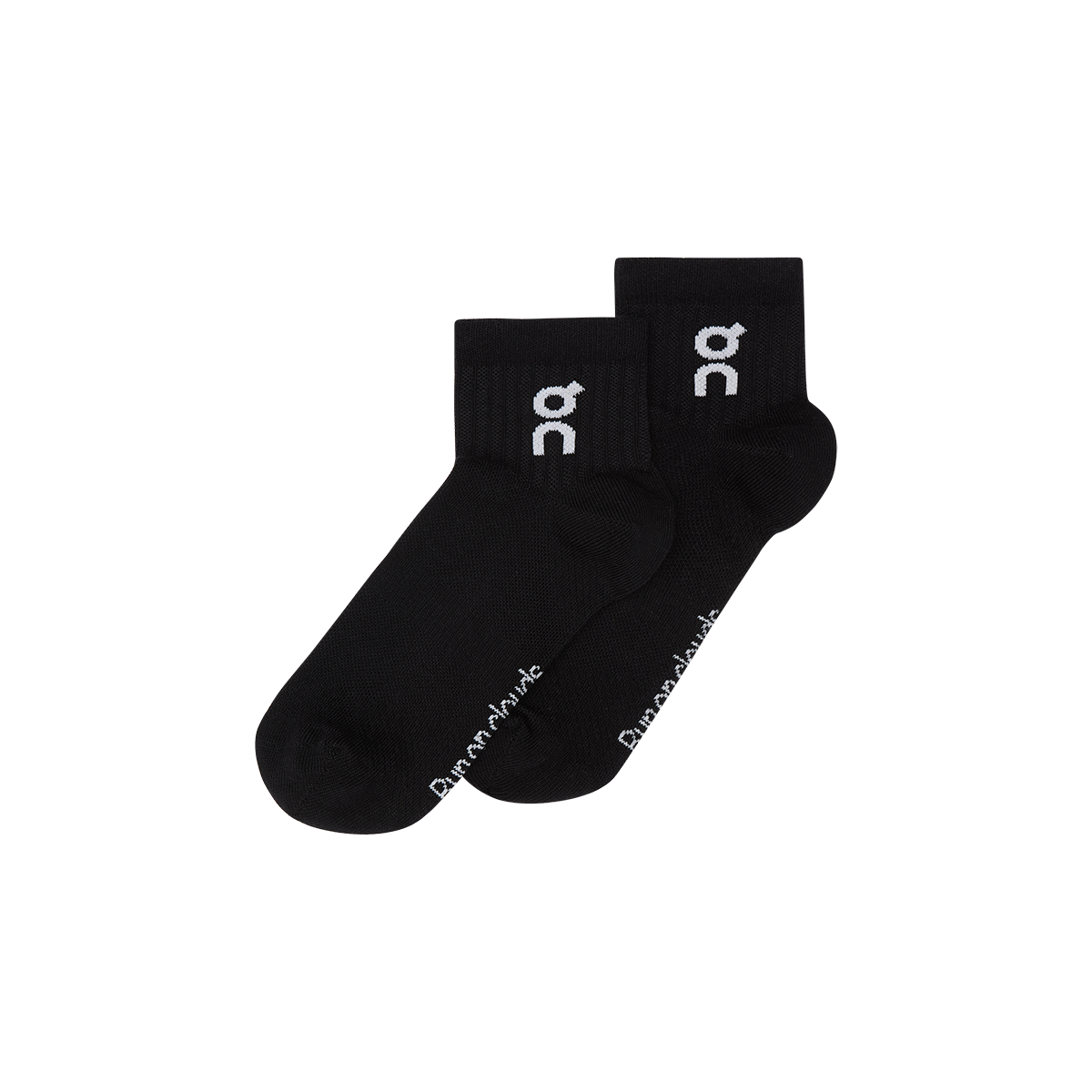This Runners’ Wellness Guide has all the need-to-know information on how to maintain your health and help you achieve your personal best! From breathing techniques to recovery, this guide will highlight the tools you can use to prepare your body for your next run!
STRETCHING FOR RUNNERS

Many runners are guilty of skipping a stretch routine before or after their run. Sprains and strains remind us how important it is to incorporate stretching into our training. There are many types of stretching that target different areas, but one that is the most effective before running is dynamic stretching. Dynamic stretching prepares your muscles by using a full range of motion with controlled movements. Static stretching is the best cool-down when it comes to post-run stretches and keeping your muscles flexible. Static stretching is when you stretch a muscle to its furthest point and hold the position for 15 to 45 seconds. It has numerous benefits, including increasing circulation and preventing stiffness and injury. Learn more about essential stretches to incorporate in your next stretch session!
BREATHING FOR RUNNERS
Not breathing efficiently during your run will slow you down and can sometimes cause cramping or stitches. To avoid discomfort, breathe through your diaphragm and avoid shallow breaths. Breathing through your diaphragm starts by breathing through your core instead of your chest. To practice this, place a hand on your chest and under your rib cage where your diaphragm is. Inhale through your mouth and make sure your chest doesn’t rise – you should see your stomach expand. Another common misconception among runners is to breathe through your nose and exhale through your mouth. However, breathing through both your nose and mouth at the same time is actually the best for maximum intake of oxygen. Allowing your mouth to be open with breathing also relaxes your facial muscles, relaxing your body. Just be careful not to catch any bugs in your mouth! The last tip to benefit your breathing technique is to count your breaths. Finding a counting pattern that works best for you will prove successful. A common practice among runners is the 3-2 method: inhaling for 3 seconds and exhaling for 2.
REFUELING FOR RUNNERS

After a run, not only is it important to stretch, but it’s also essential to prioritize nutritional wellness and recovery. Running can be hard on the body, so utilizing every tool to keep your body from over-exerting is critical. Every runner should have a post-run routine that helps cool you down and elevate your performance for the next race. During a run, your body responds to your higher core temperature by sweating to cool you down. After a while, your body can quickly become dehydrated. It’s important to fuel and cool your body after your run by drinking water and refueling your electrolytes with coconut water or an electrolyte sports drink. Also, don’t forget about carb fueling! As you run, your body uses stored glycogen that is the main source of energy from carbohydrates. Refueling with carbs after a race affects blood sugar levels and increases insulin, which promotes glycogen and helps with muscle repair.
MASSAGE FOR RUNNERS

Another significant step to add to your recovery routine is foam rolling or massage. Fascia, a connective tissue that holds muscles and bones together, covers your muscles. After you run, the fascia can become tight and cause a decreased range of motion if not stretched. Post-run foam rolling causes myofascial release, allowing for faster recovery and relaxing the fascia. Massage is just as important. It encourages circulation, enhances the delivery of oxygen, and lowers blood pressure. Additionally, massage initiates a reduction of the stress hormone cortisol, thus creating feelings of relaxation. You won’t want to skip getting a massage!
CROSS-TRAINING FOR RUNNERS

Running every day can lead to muscle burnout. Making a schedule and alternating your runs with yoga, pilates, or even walking can be beneficial in your healing process and keep your muscles limber. Other benefits to mention are decreasing bone stress and avoiding injury. Cross-training also poses as a nice mental break from the intensity of training for a marathon. Some good examples of cross-training include cycling, using an elliptical, swimming, and strength training.
WELLNESS FOR RUNNERS
There are many ways to take care of your body, but one of the most important things you can do for your overall health is focus on wellness and recovery. Whether that be getting monthly massages, cross-training three times weekly, or learning a new breathing technique, you are improving your overall health! Check out other Fit2Run Blogs to stay up-to-date with all the runner’s knowledge.













